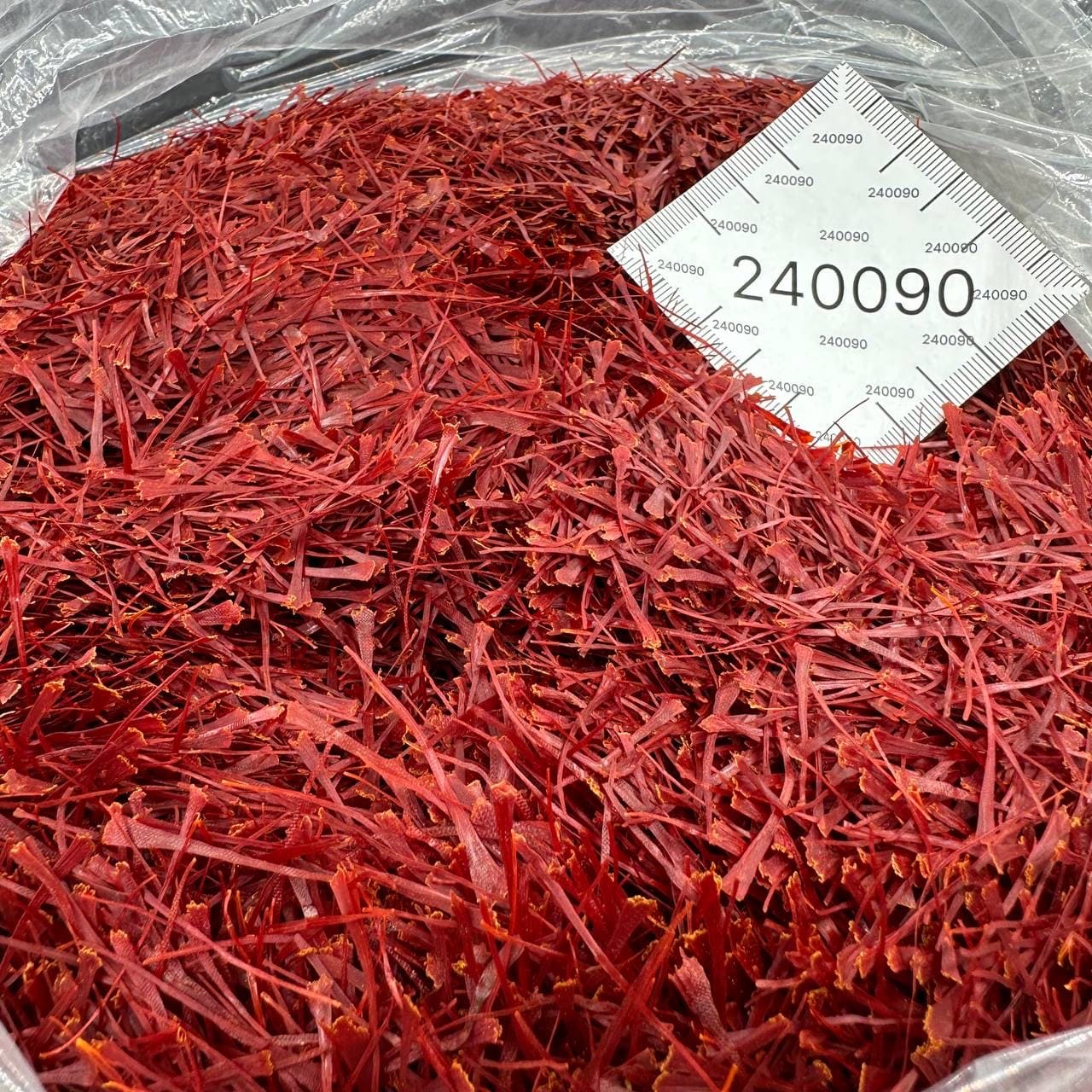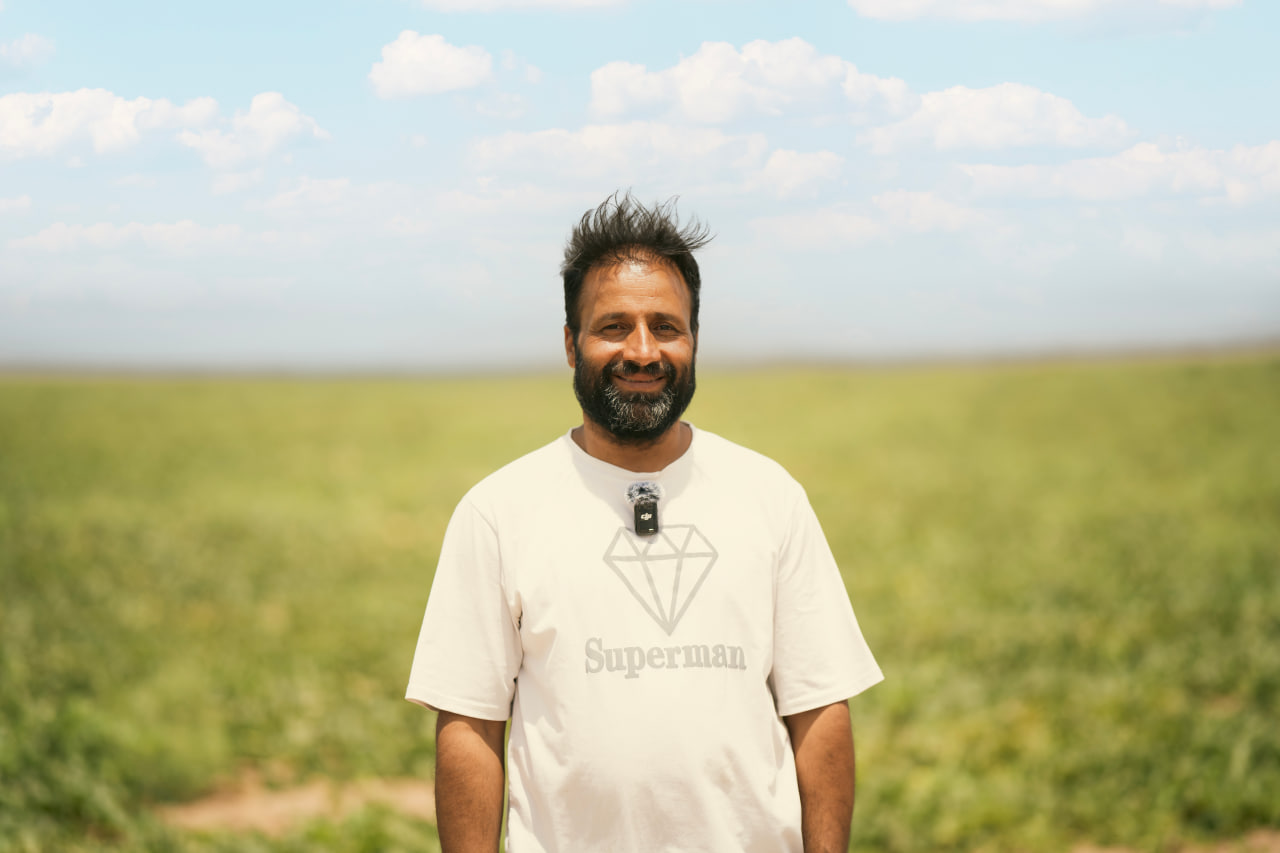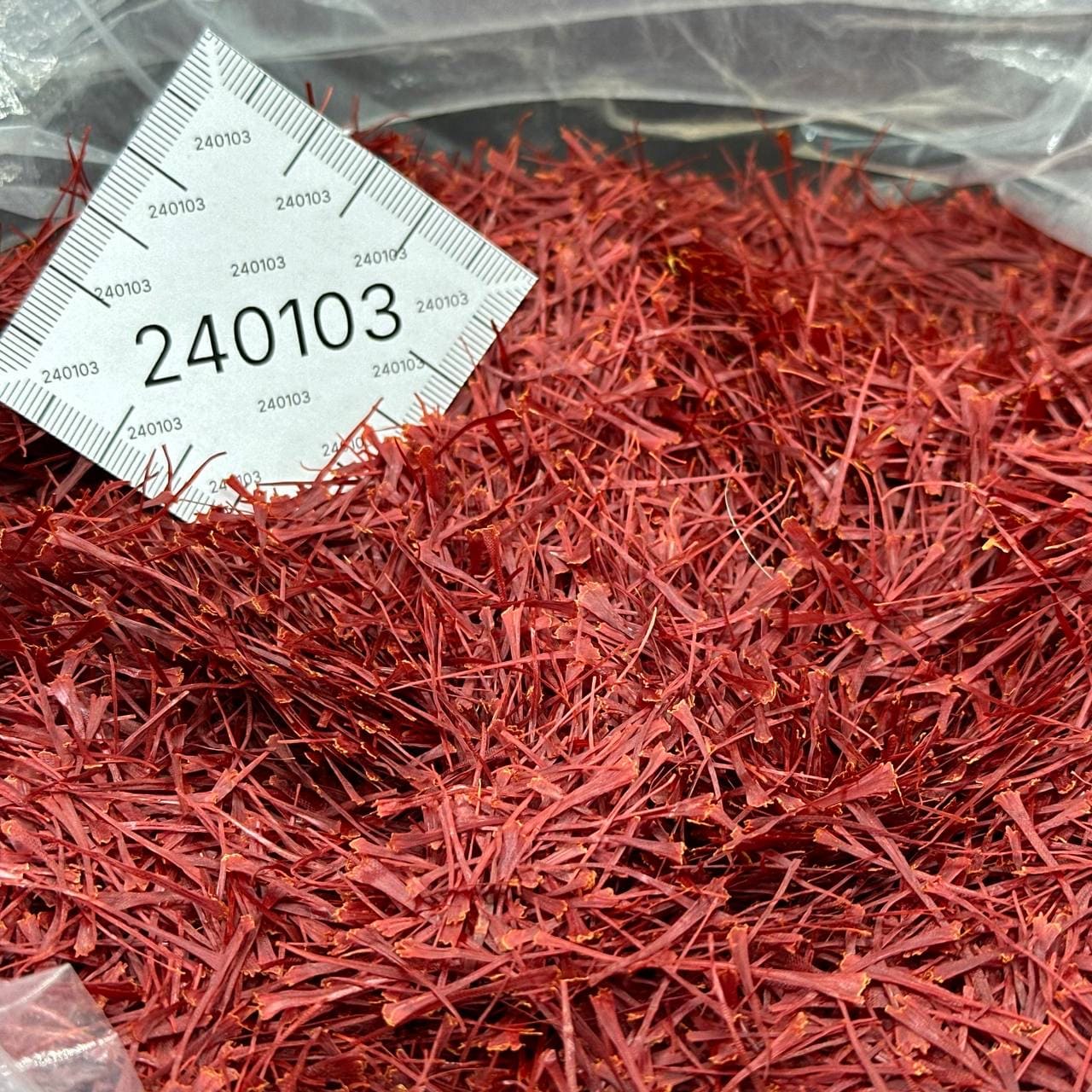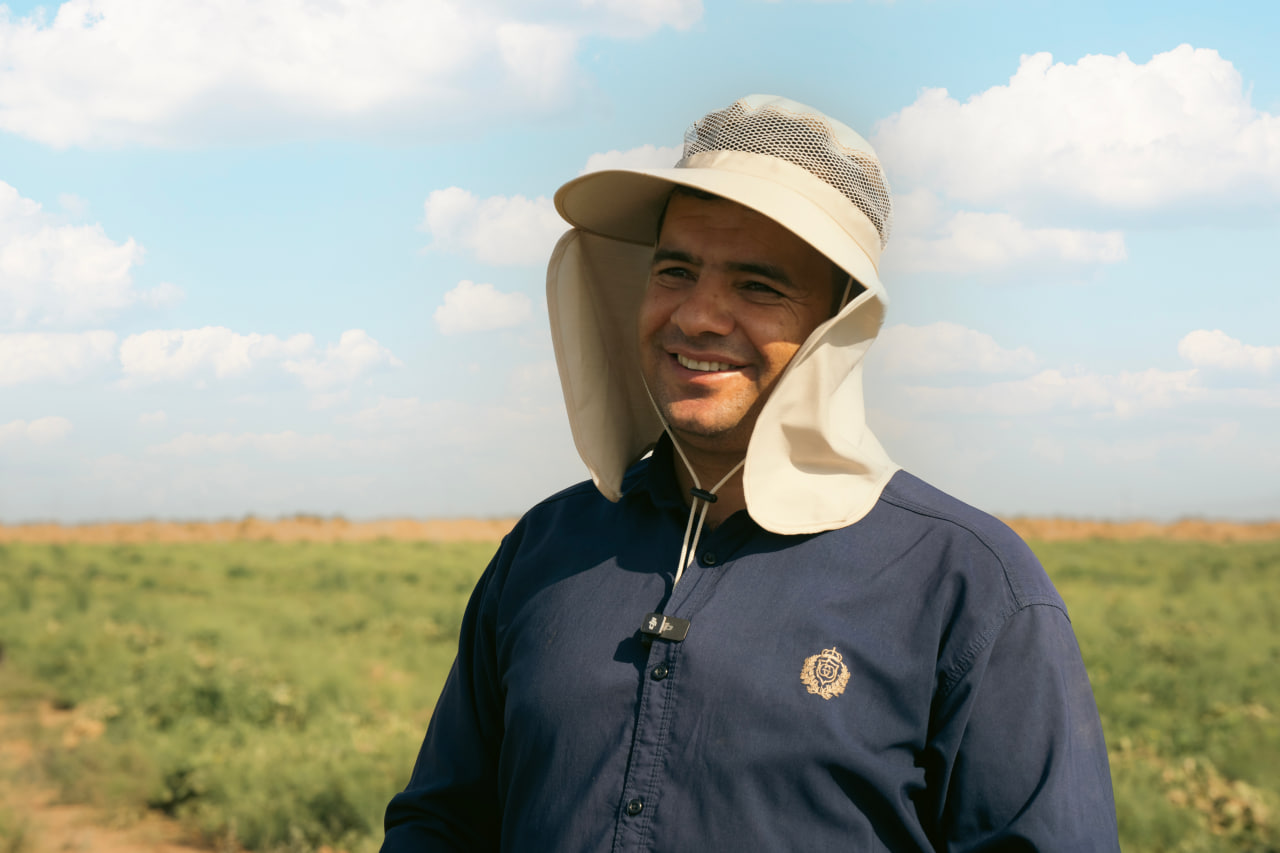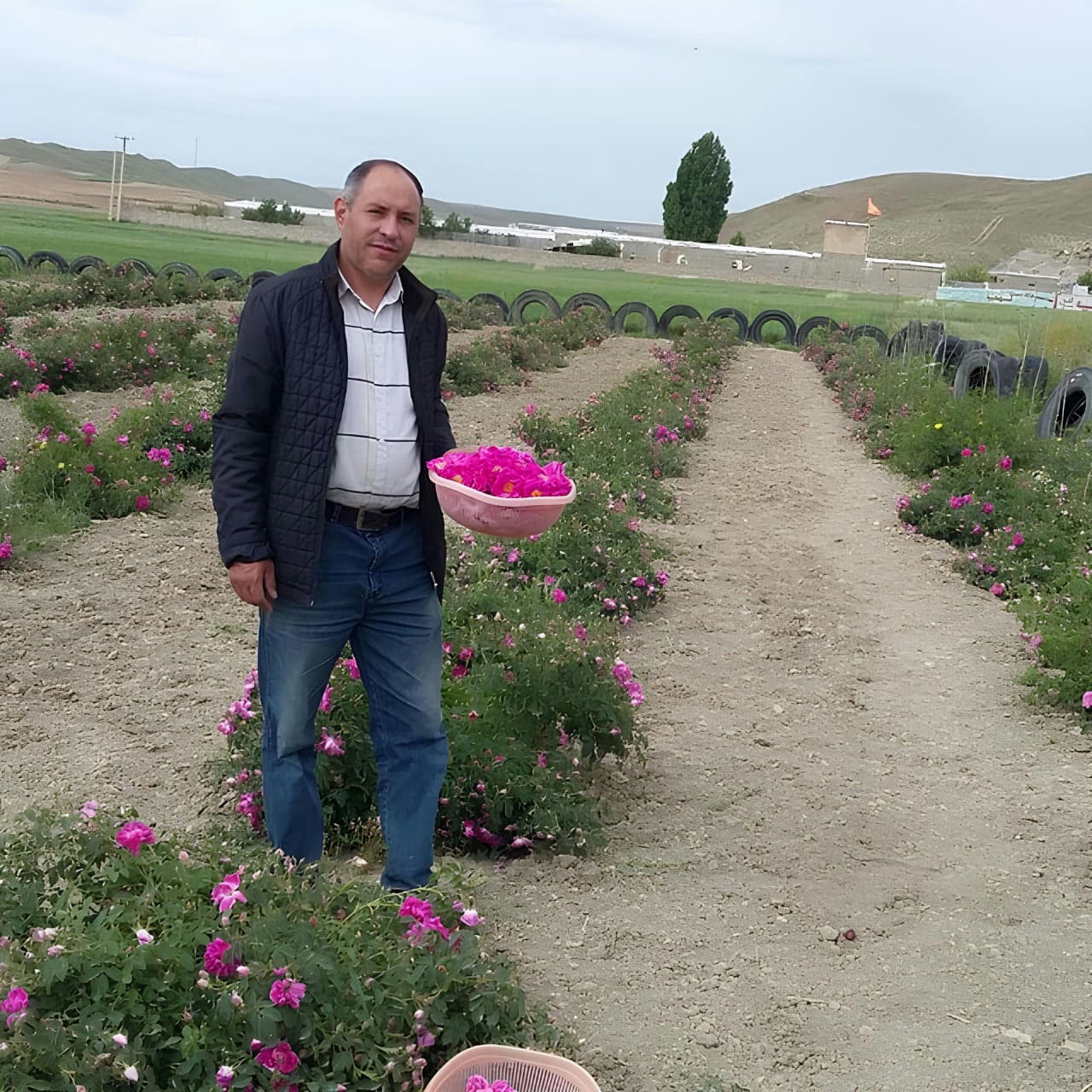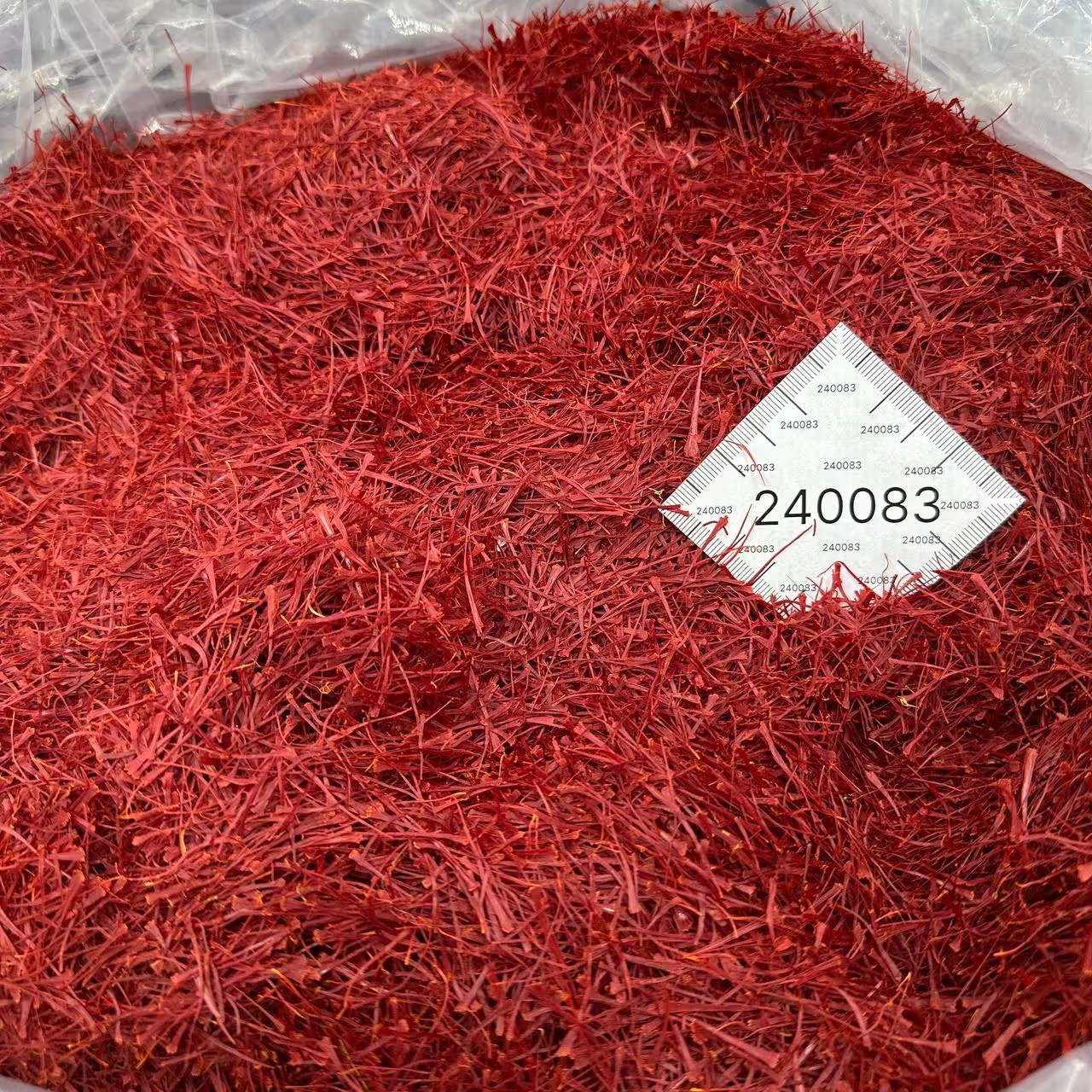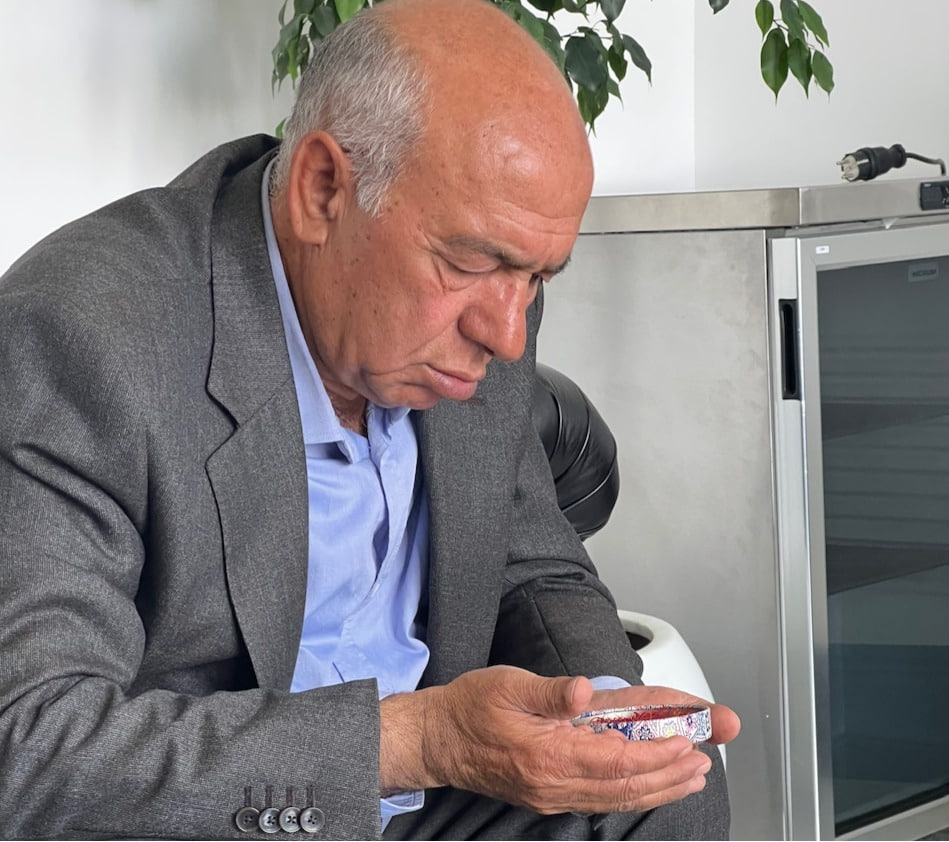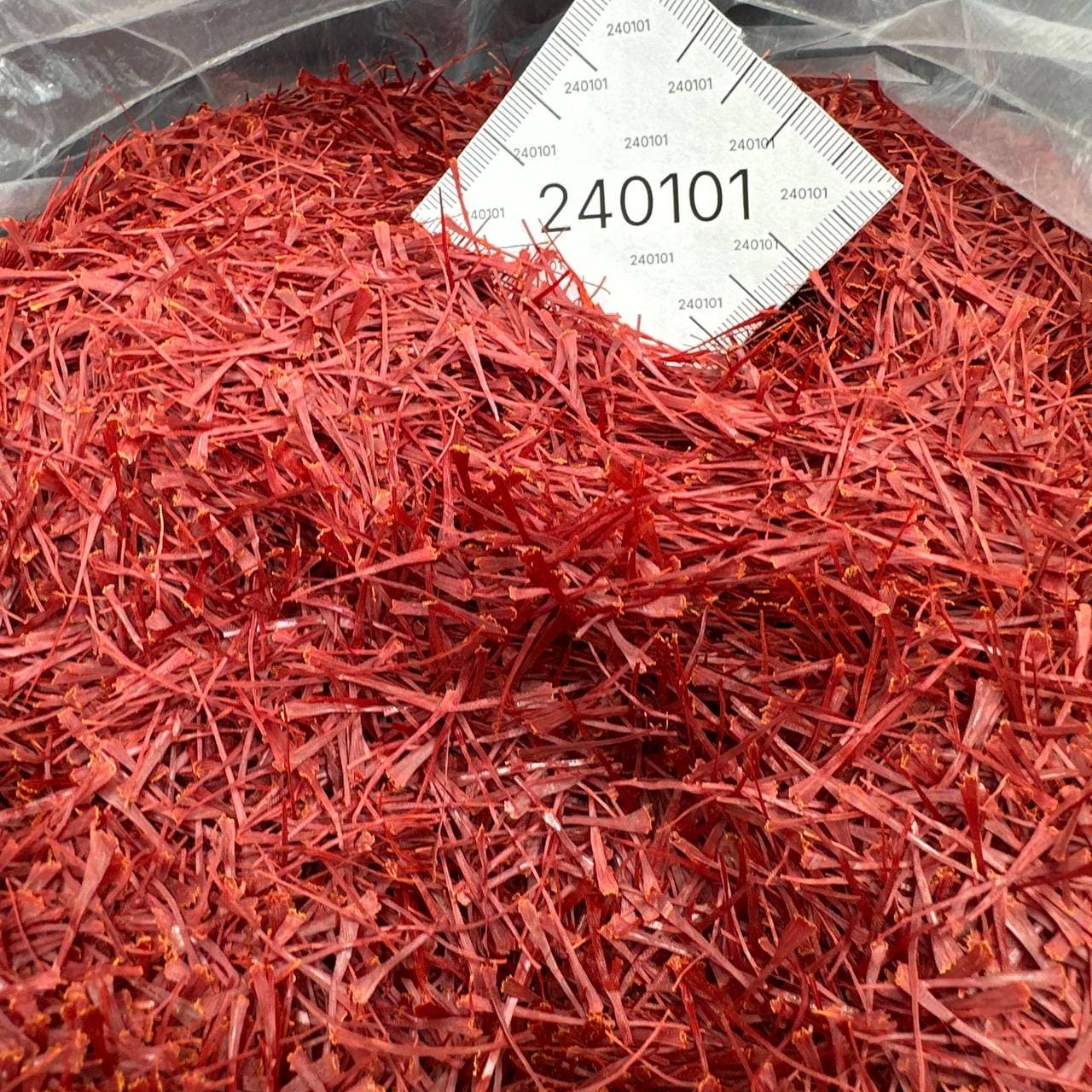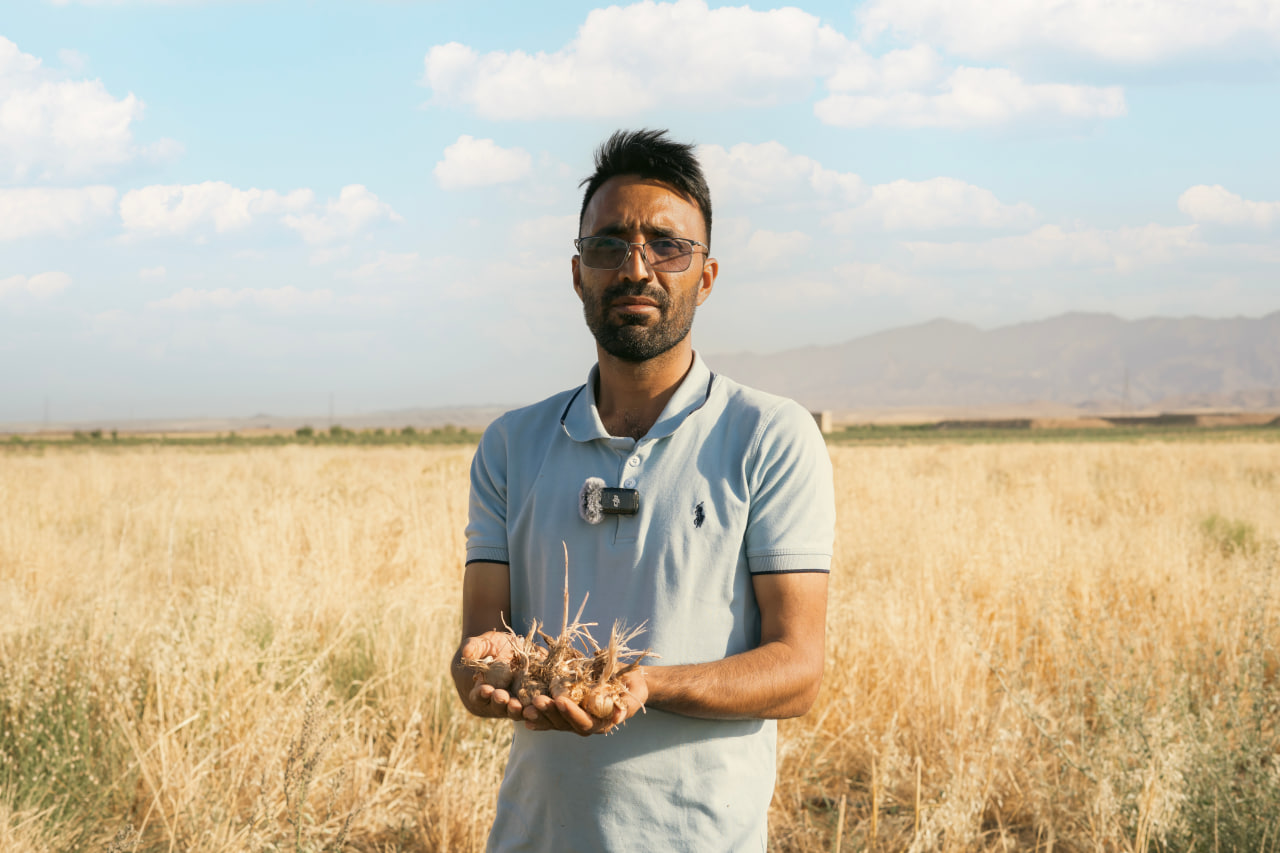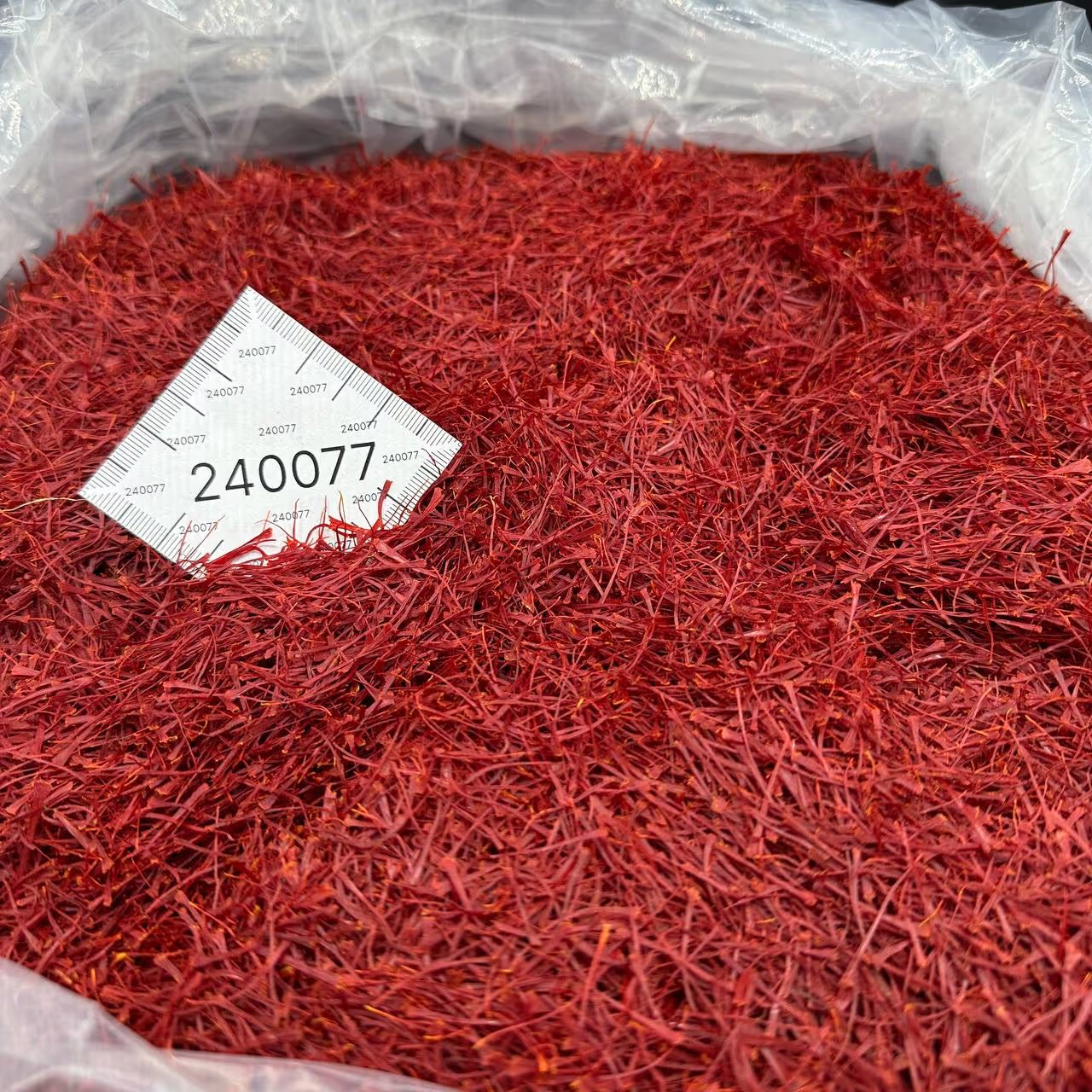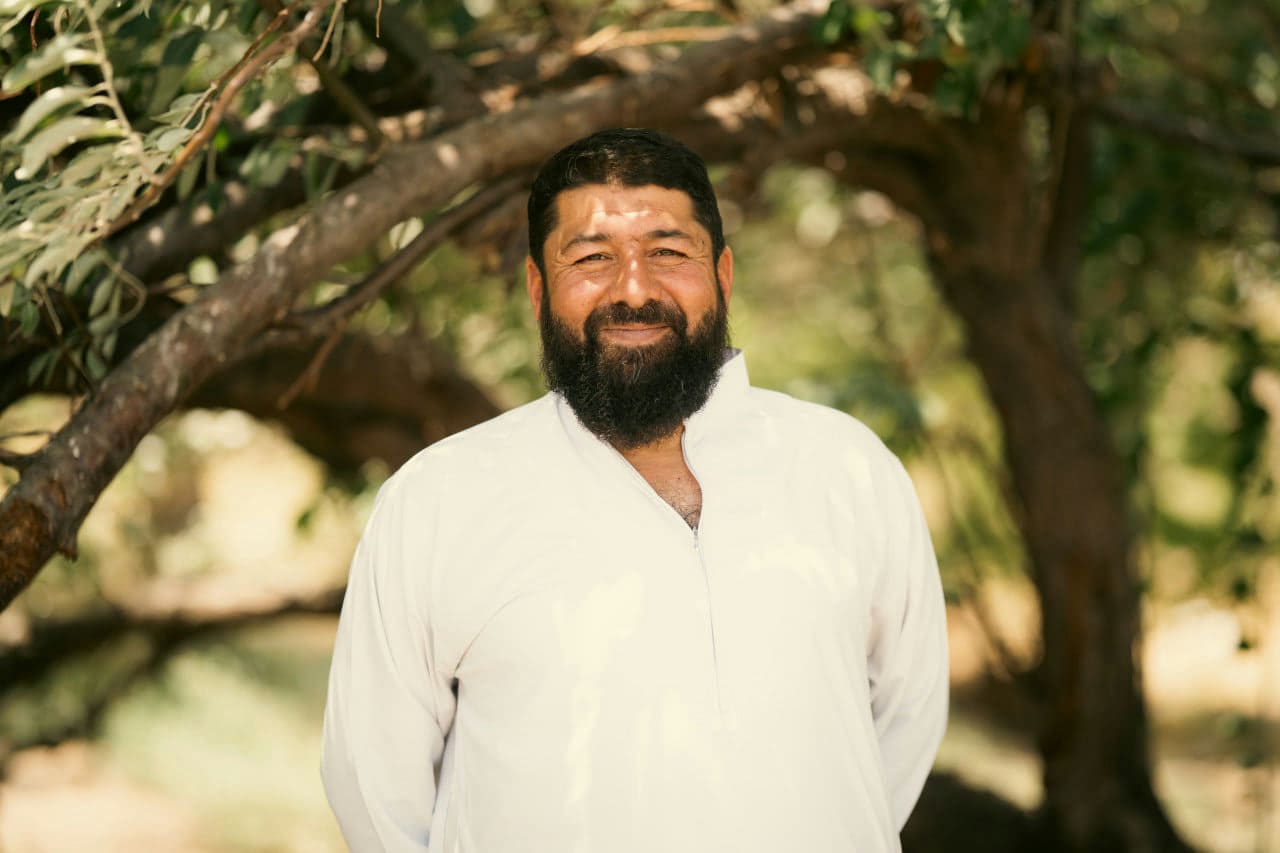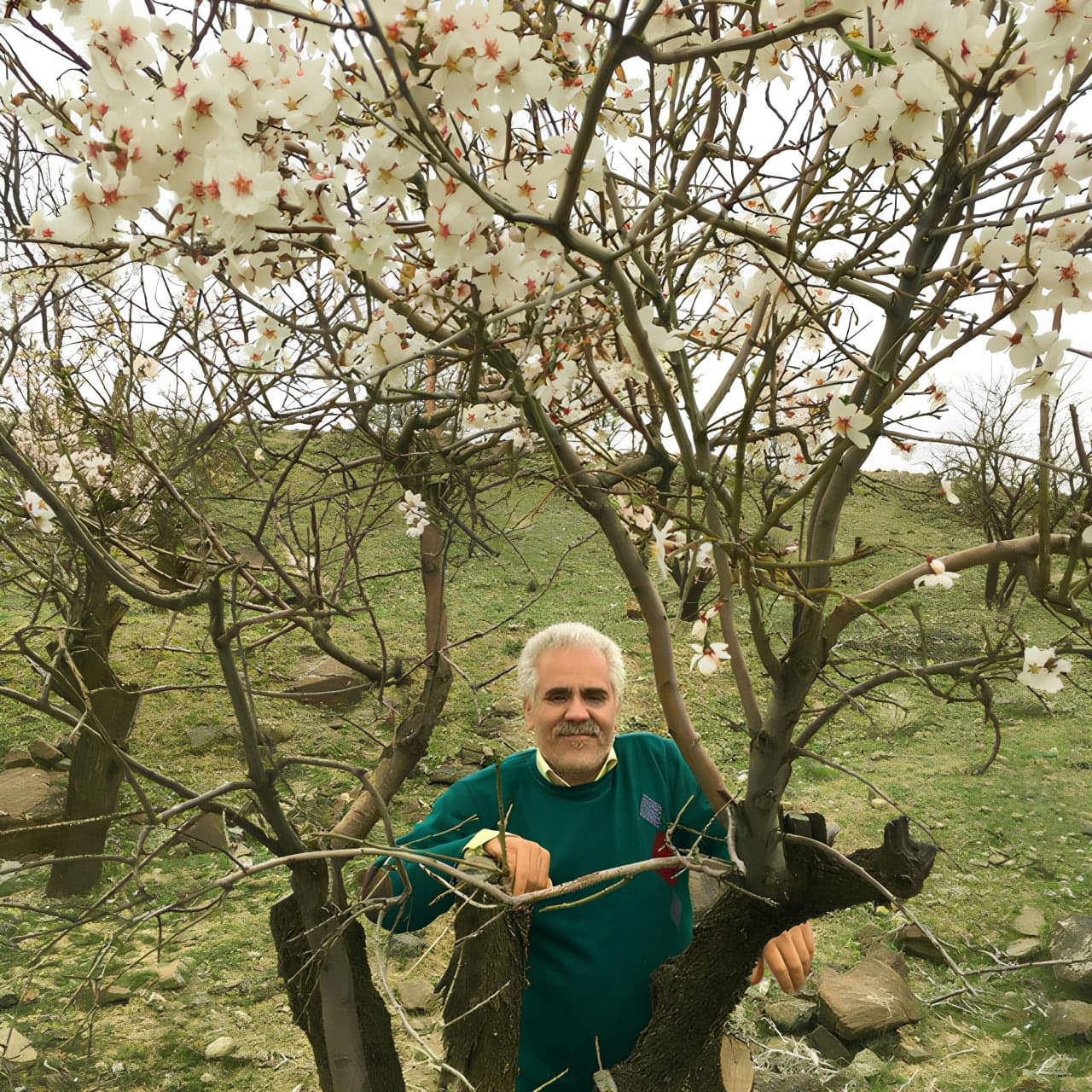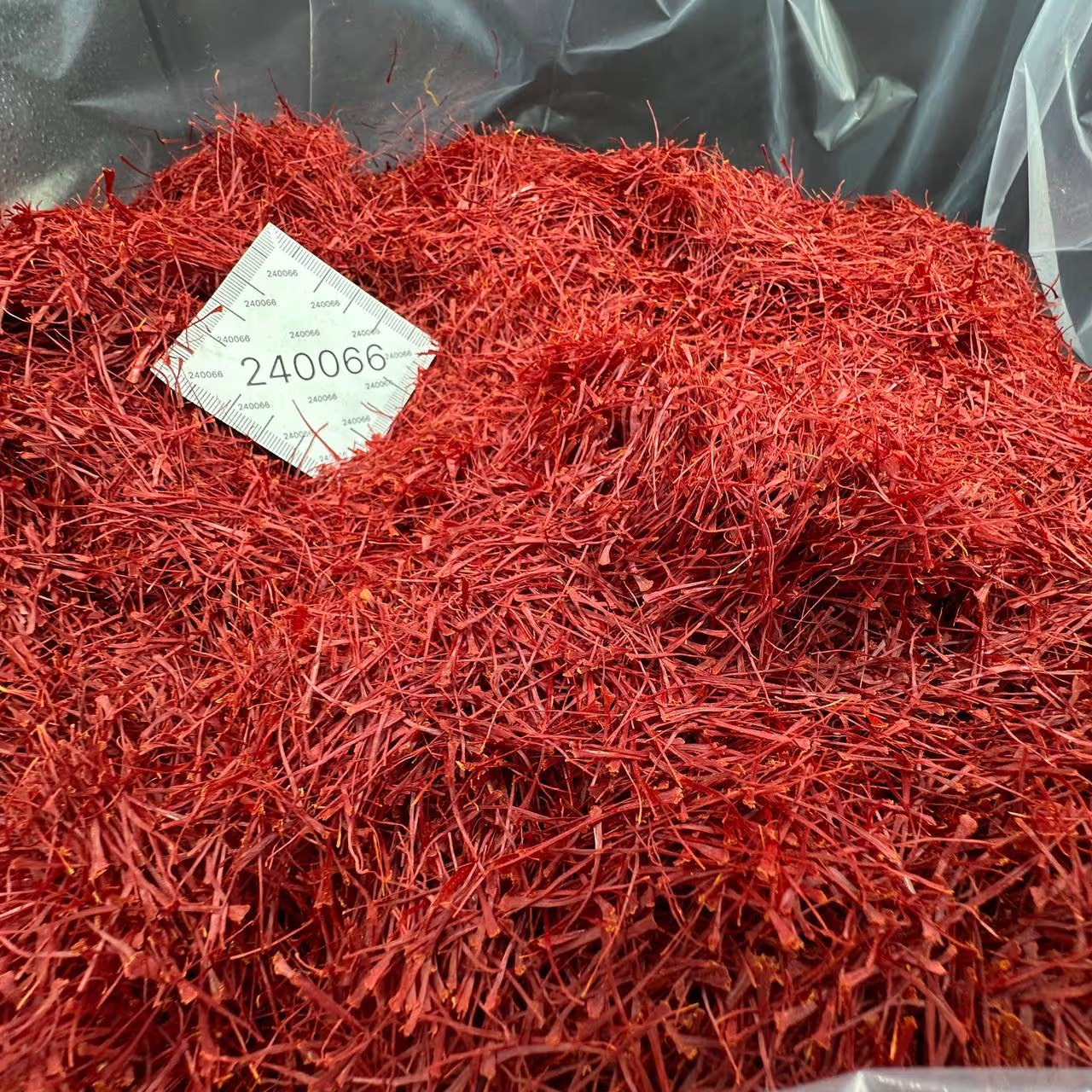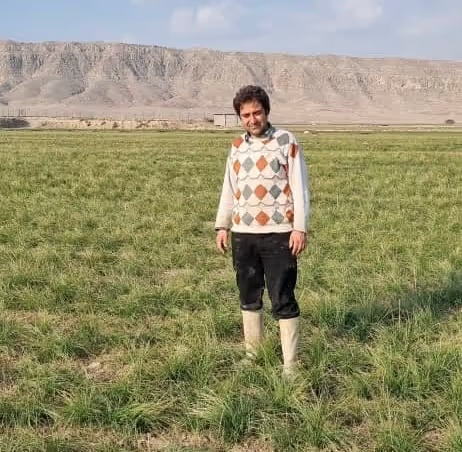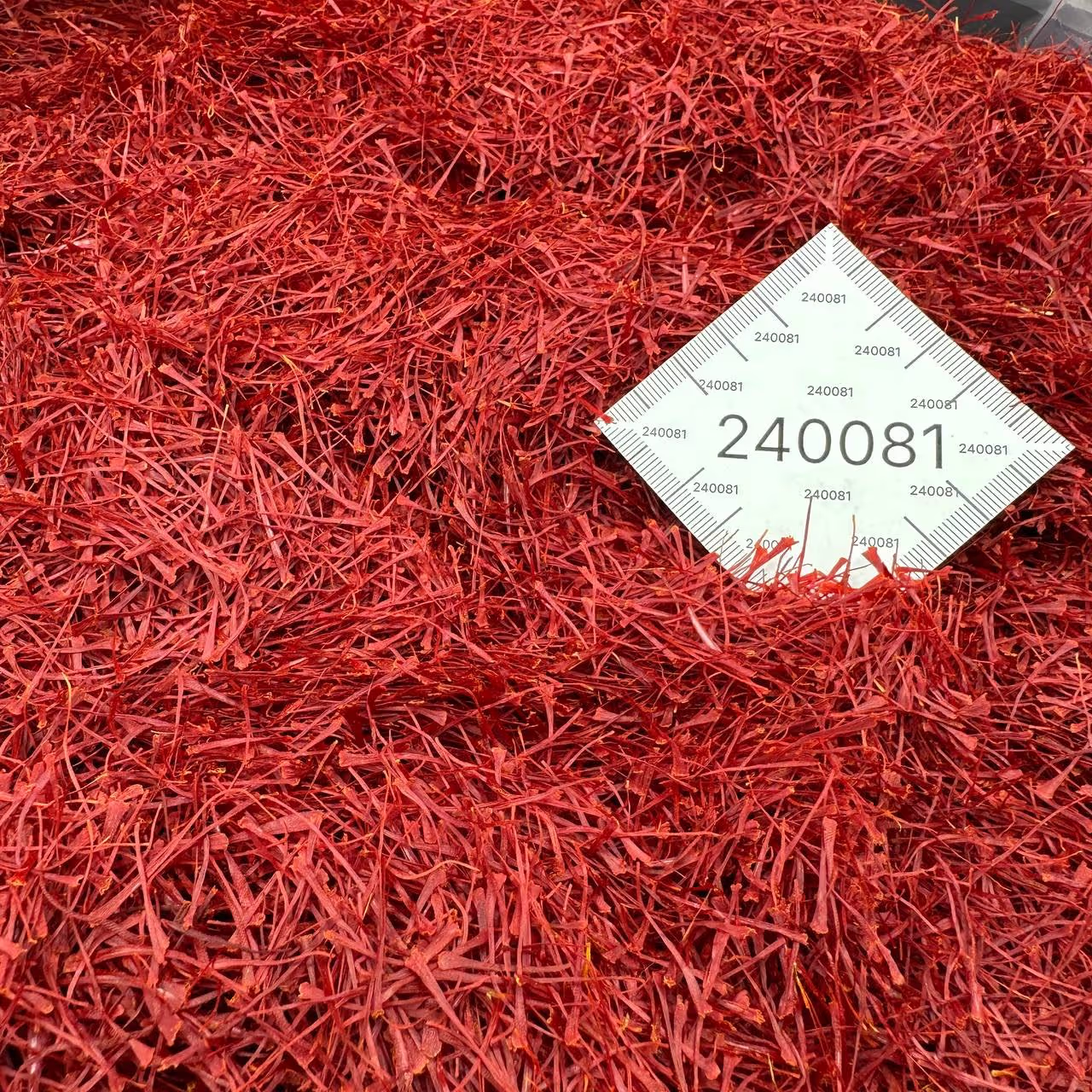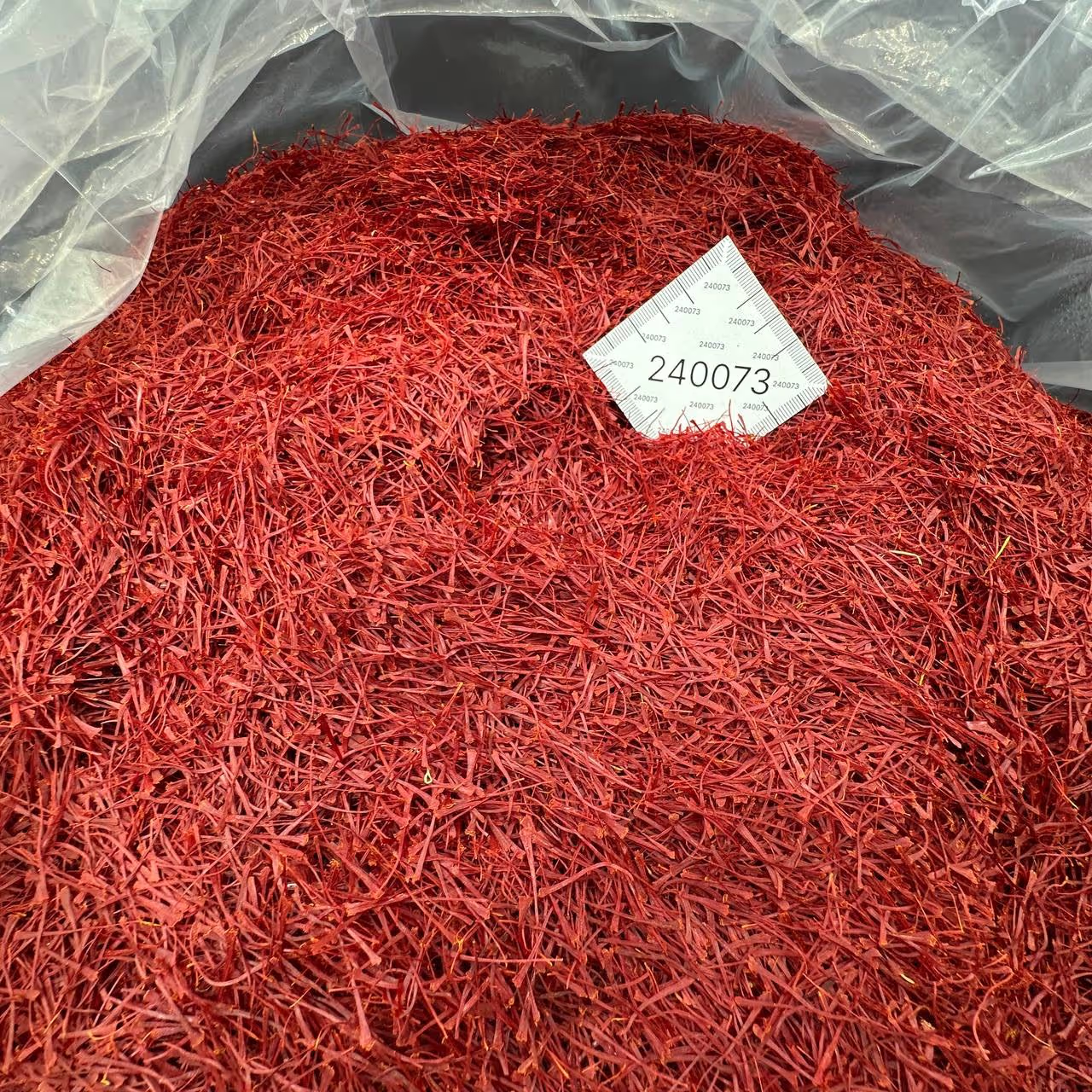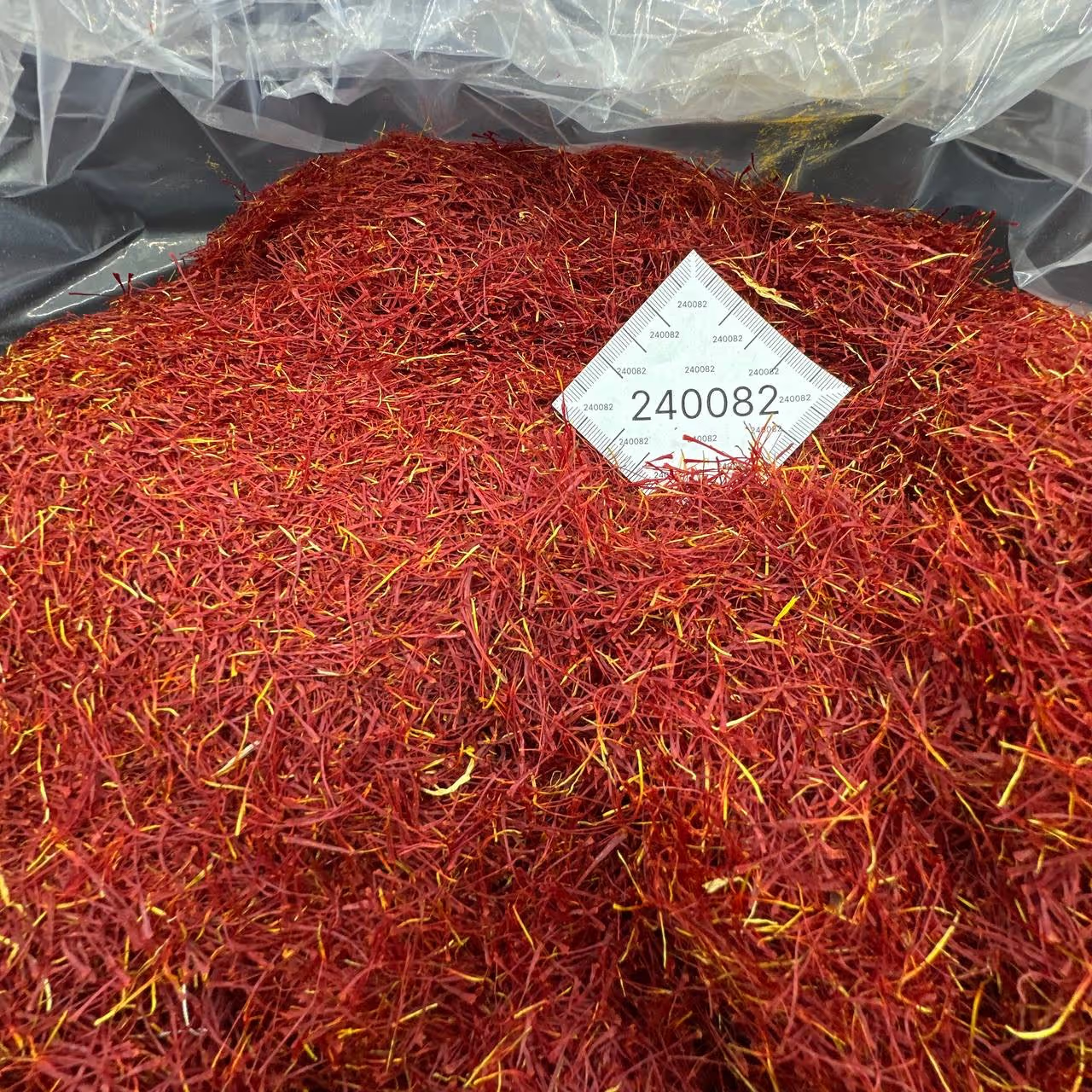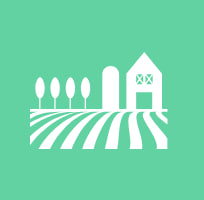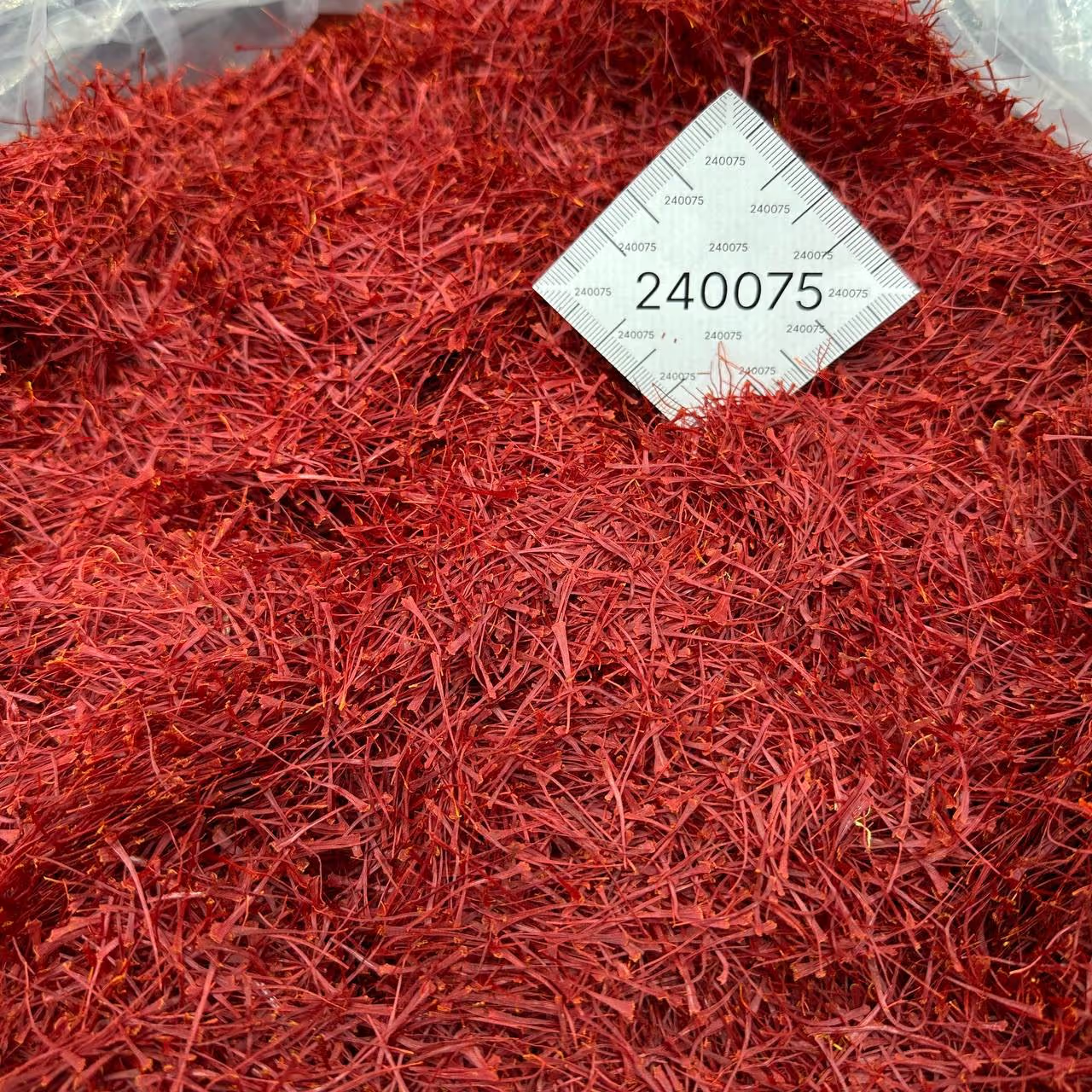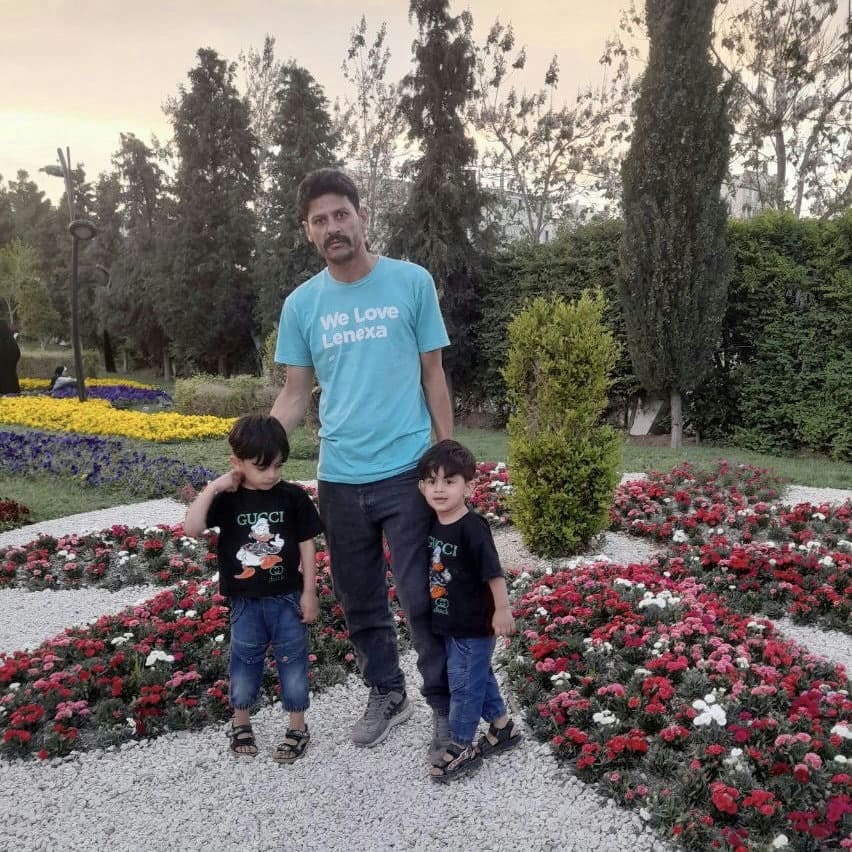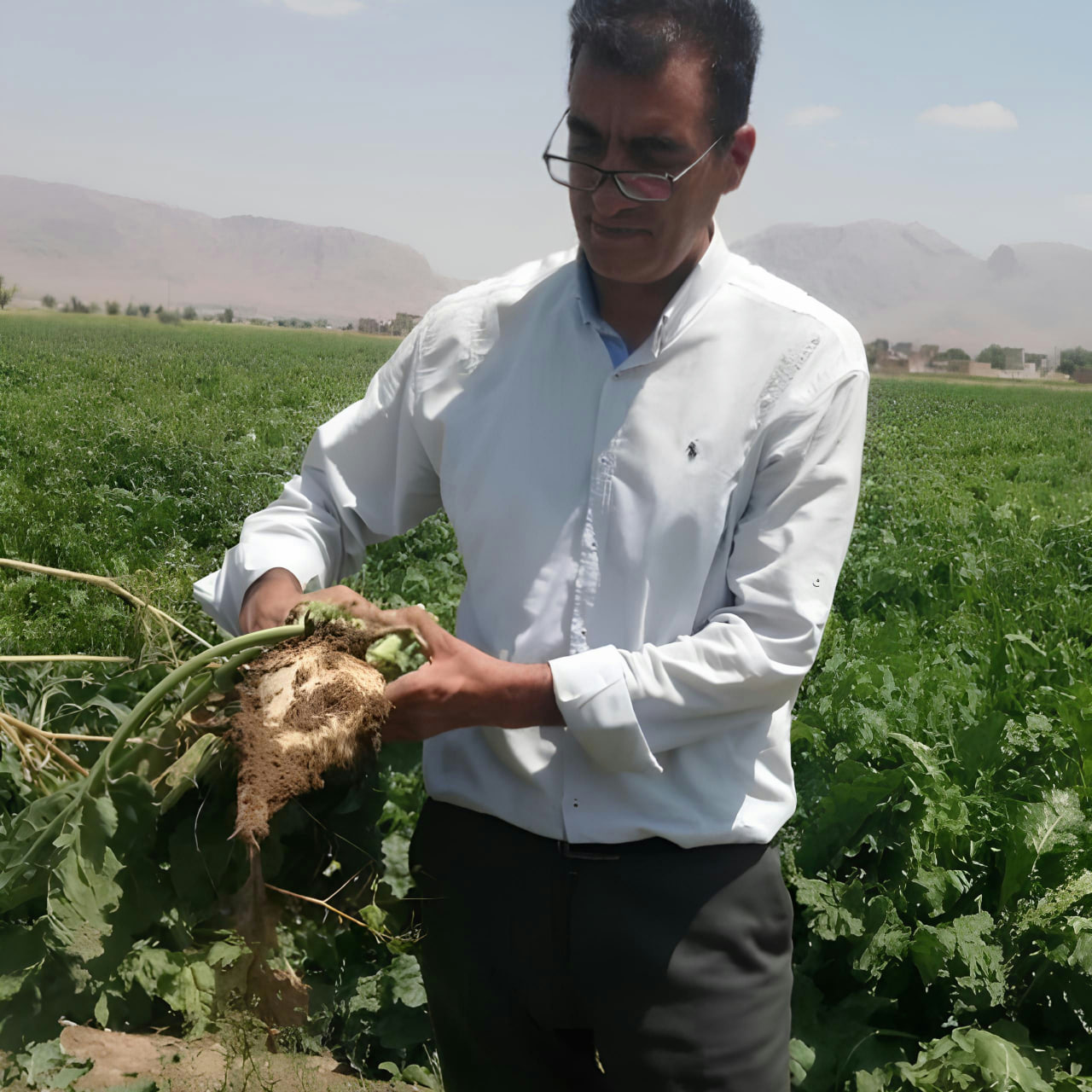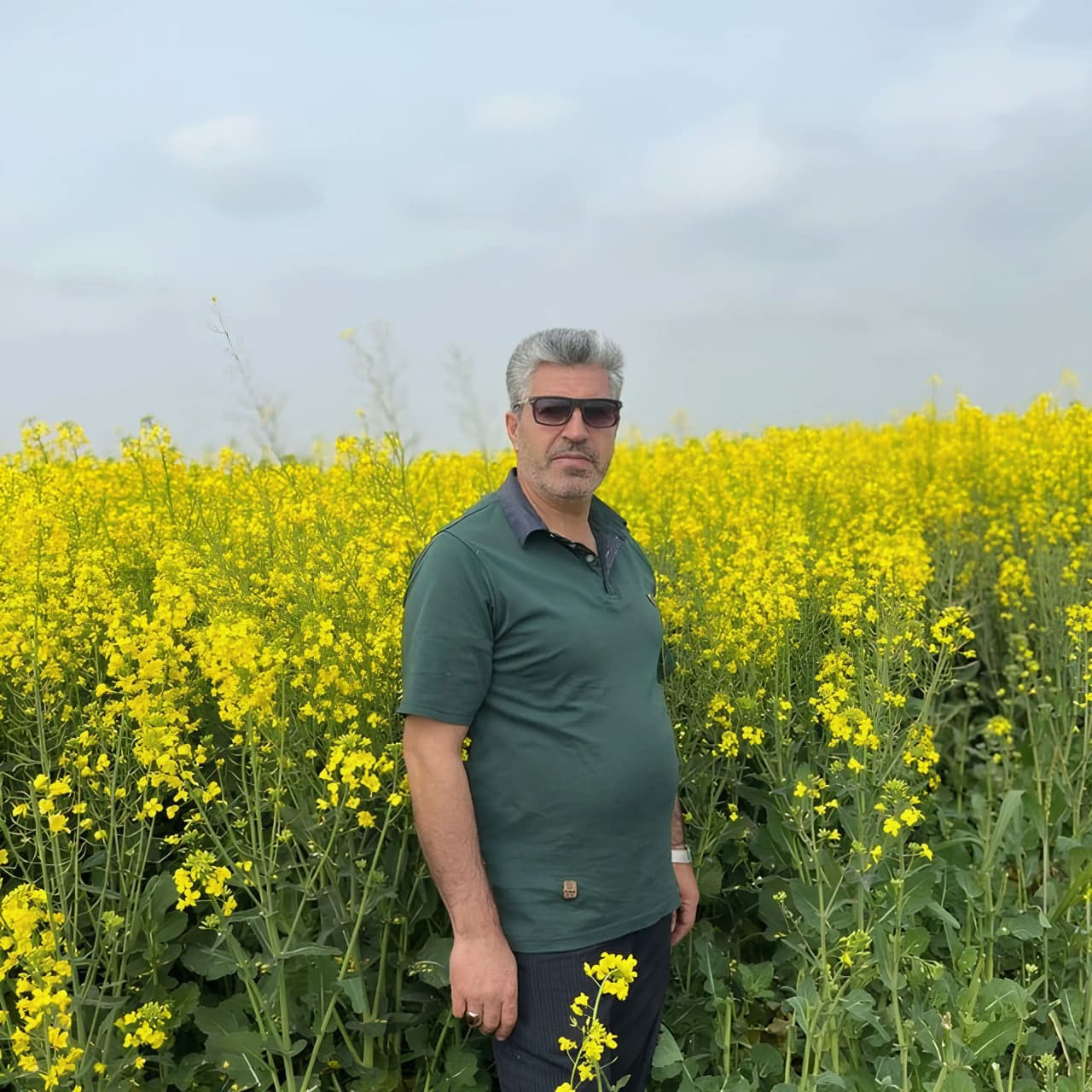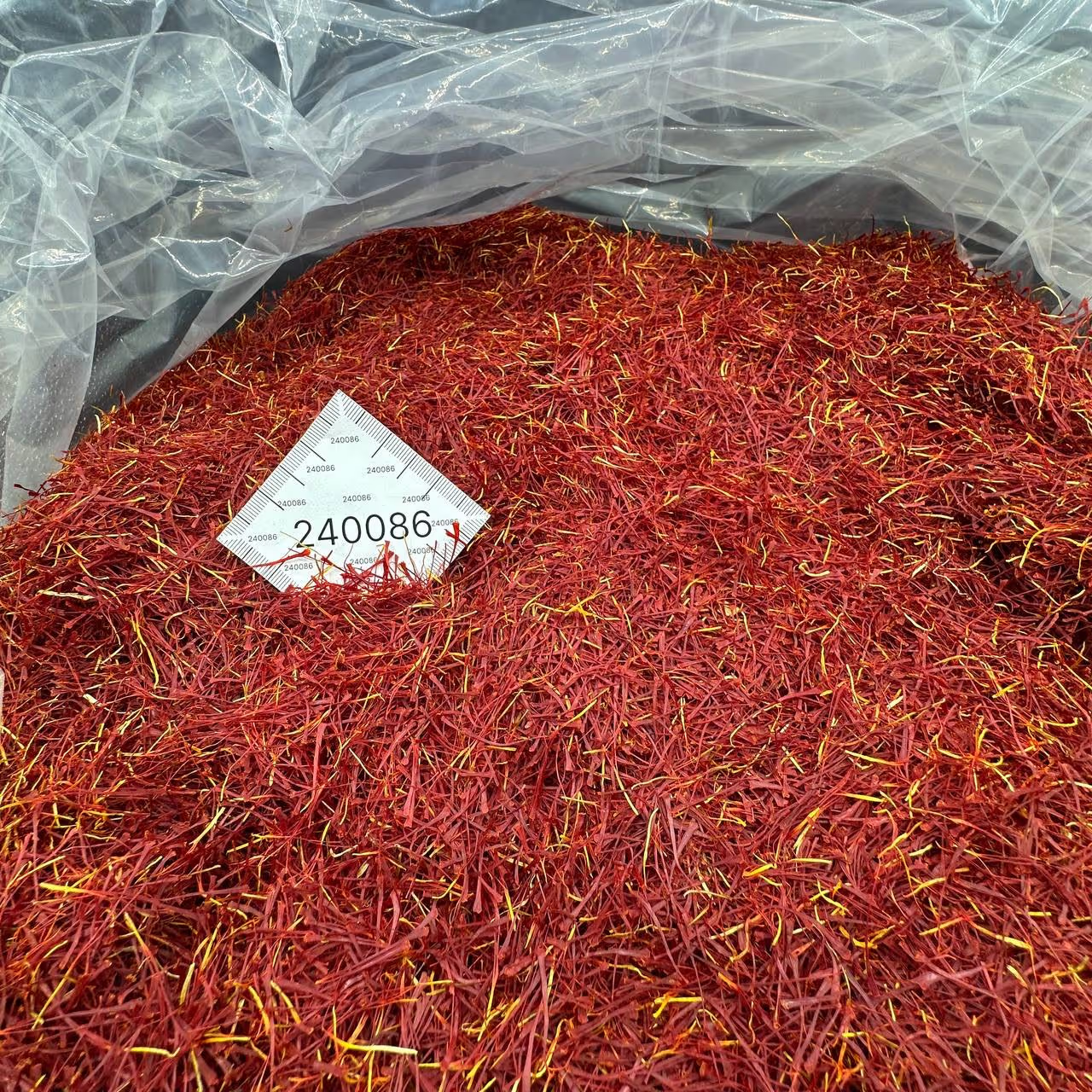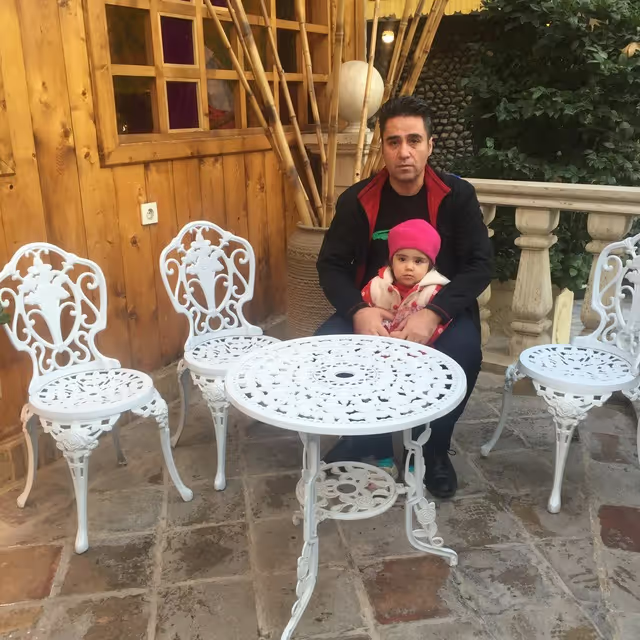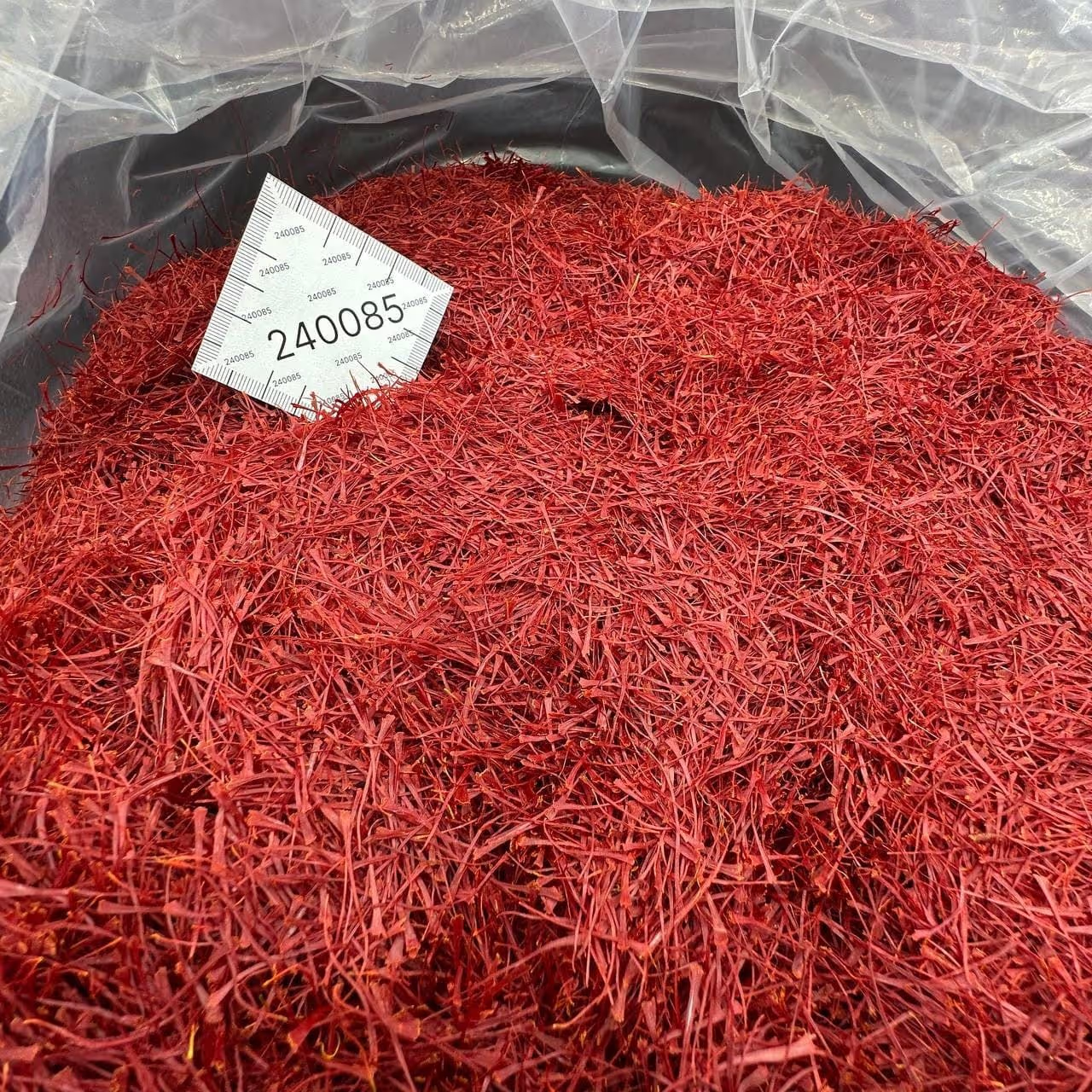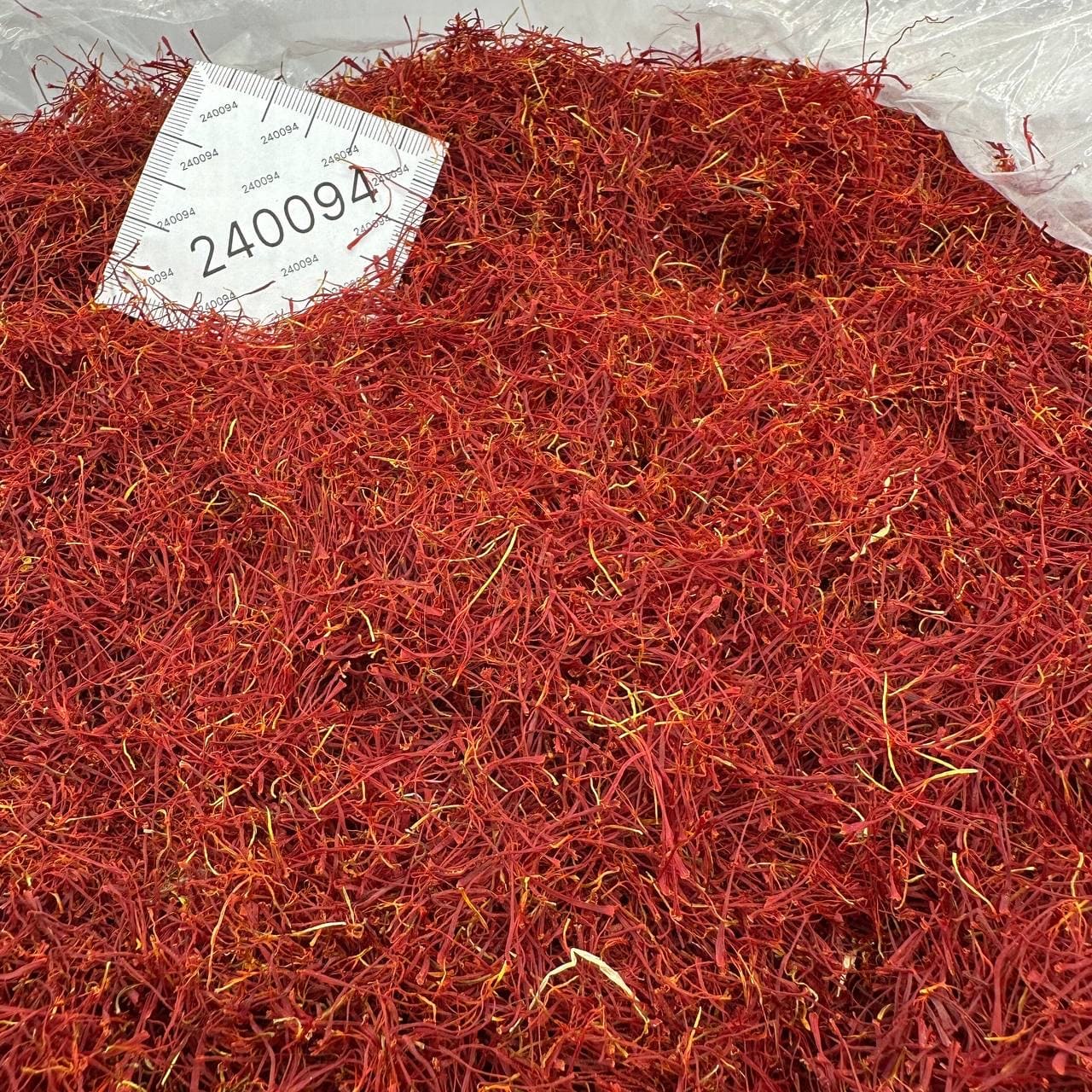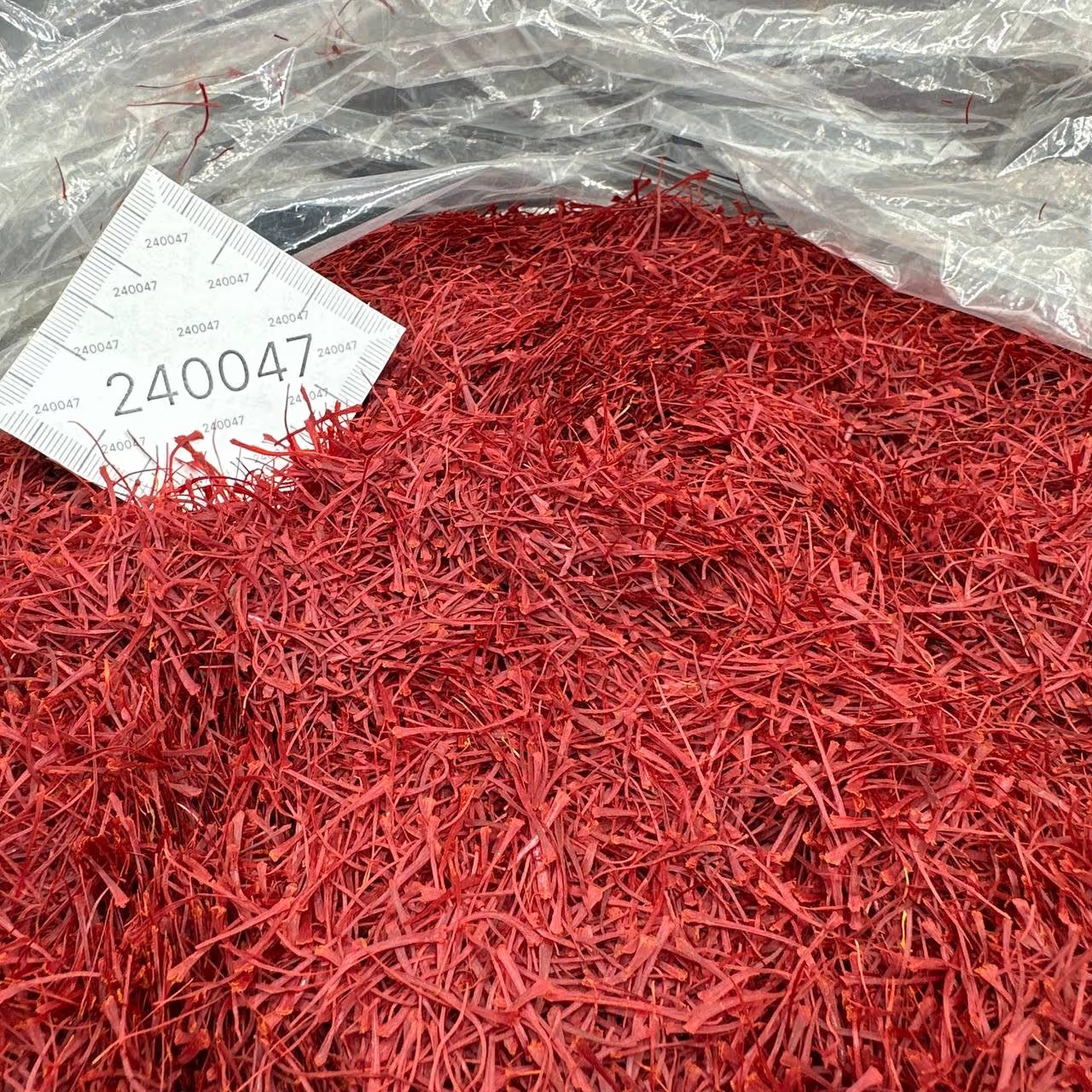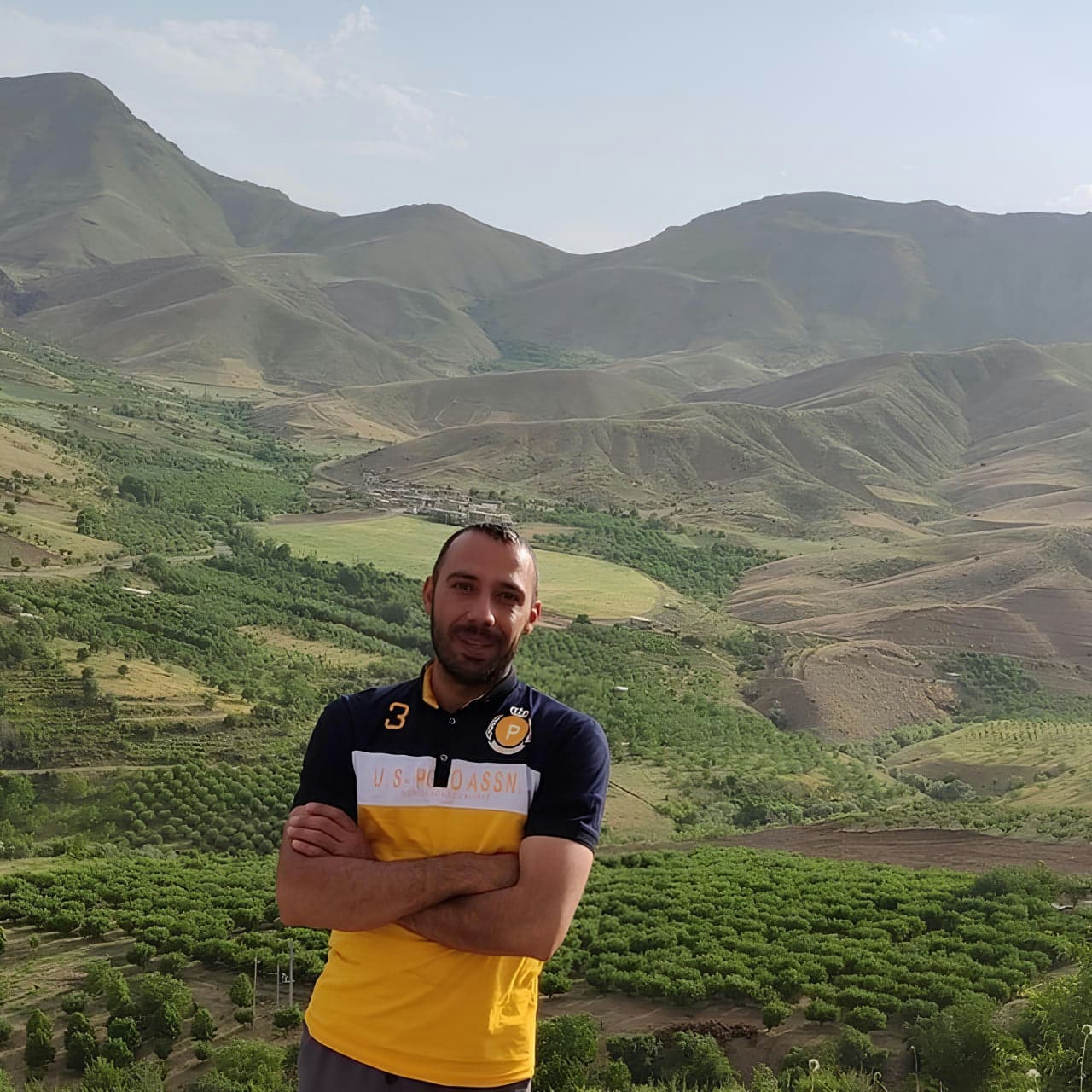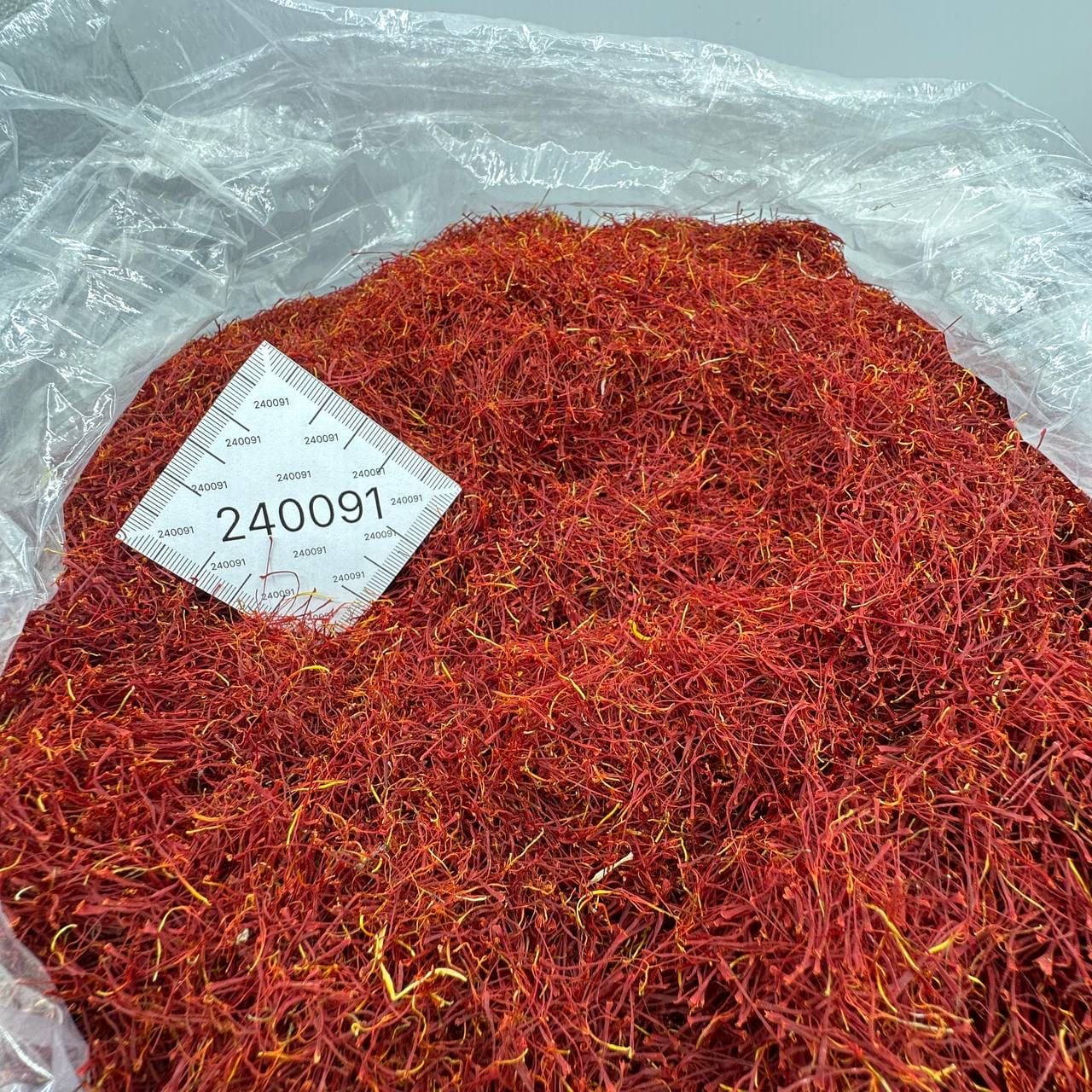Saffron Price Per KG in Qatar: The Ultimate 2025 Guide
Known globally as "red gold," saffron is far more than a simple spice; it is a cultural and culinary cornerstone, deeply woven into the fabric of Qatari and Middle Eastern heritage. As the world's most expensive spice by weight, its value is derived not only from its unique flavor, aroma, and vibrant color but also from the meticulous, labor-intensive process required for its harvest. From perfuming celebratory rice dishes to adding a luxurious touch to gourmet cuisine, saffron holds a revered status in the region. This guide serves as the definitive, data-driven resource on saffron pricing, quality assessment, and procurement in Qatar. It is designed to empower both home cooking enthusiasts and professional buyers in the HORECA (Hotel/Restaurant/Catering) and food manufacturing sectors with the knowledge to navigate this premium market with confidence. For a deeper dive into its cultural importance, explore Agroota's feature on
'The Role of Saffron in Middle Eastern Cuisine'.
Current Saffron Prices in Qatar (QAR)
The price of saffron in Qatar is multifaceted, reflecting a dynamic market influenced by quality, origin, and purchase volume. Prices vary significantly between small retail packages found in supermarkets and large wholesale quantities procured by businesses. While many international suppliers quote prices in Euros (€) or US Dollars ($), this guide consolidates available market data into estimated Qatari Riyal (QAR) values to provide clear, locally relevant information.
Retail Saffron Prices: From Grams to Tolas
For the home cook, saffron is typically purchased in small quantities, where the price per gram is highest. This pricing structure reflects the costs of packaging, distribution, and retail overhead for smaller units. The retail market in Qatar shows a wide price range, heavily influenced by the brand's reputation, the grade of the saffron, and the retailer itself.
Analysis of local retailers and online platforms reveals that a single gram of saffron can range from approximately 14 QAR to 16 QAR for standard quality offerings. However, premium and well-known brands sold in major supermarkets like Carrefour can command a higher price, with 1 gram of Taj Mahal brand saffron costing as much as 38.75 QAR. This premium is often associated with perceived quality and brand trust.
A common unit of measurement in the region is the 'Tola,' which is equivalent to approximately 11.7 grams. While less common in formal retail, it is a familiar quantity in traditional markets and among specialty suppliers.
To clarify the pricing landscape for consumers, the following table provides an estimated guide to retail saffron prices in Qatar.
| Quantity |
Average Price Range (QAR) |
Estimated Price Per Gram (QAR) |
Notes |
| 1 Gram |
14 – 39 QAR |
14.00 – 39.00 QAR |
Price varies significantly by brand (e.g., Reyhan vs. Taj Mahal) and retailer type. |
| 2 Grams |
30 – 70 QAR |
15.00 – 35.00 QAR |
Usually slightly discounted per gram versus single-gram packs. |
| 5 Grams |
70 – 100 QAR |
14.00 – 20.00 QAR |
Better value for frequent users. Premium Super Negin often priced near 70 QAR. |
| 10 Grams |
130 – 160 QAR |
13.00 – 16.00 QAR |
Represents significant savings compared to smaller retail packs. |
| 1 Tola (~11.7g) |
150 – 180 QAR |
12.80 – 15.40 QAR |
Traditional Middle Eastern unit offering solid value relative to international rates. |
Wholesale Saffron Price Per KG
For businesses in the food service and manufacturing sectors, the benchmark for saffron procurement is the price per kilogram. This price is highly elastic and primarily dictated by the total order volume, saffron grade, and the supplier's position in the supply chain. To learn more about our B2B offerings, please visit Agroota's 'B2B & Wholesale Saffron' page.
Market data indicates a considerable range for the wholesale price of one kilogram of saffron in Qatar. International distributors often price high-quality Iranian saffron at around €2,948, which translates to approximately 11,300 QAR. Other sources suggest a broader range of $1,800 to $2,500 USD per kilogram (approximately 6,550 to 9,100 QAR), likely reflecting different grades and sourcing channels.
Local Qatari wholesale suppliers provide a more direct market indicator. For example, Al Janoub Stores offers 250 grams of premium "Super Negin" Iranian saffron for 2,500 QAR, which extrapolates to a kilogram price of 10,000 QAR. The same supplier prices a lower grade, "Abu Shal," at 2,250 QAR for 250 grams, equating to 9,000 QAR per kilogram. This 1,000 QAR difference per kilogram for the same quantity from the same supplier starkly illustrates the price premium commanded by higher grades.
The variance between international and local wholesale prices can be attributed to factors such as shipping costs, import duties (though saffron is exempt), customs clearance fees, and the local distributor's margin. The following table breaks down the effective cost per kilogram based on common wholesale purchase volumes, demonstrating the principle of economies of scale.
| Purchase Volume |
Average Price (QAR) |
Price Per KG Equivalent (QAR) |
Potential Savings vs. 1g Retail |
| 100 Grams |
950 – 1,500 QAR |
9,500 – 15,000 QAR |
Up to 60% |
| 250 Grams |
2,250 – 2,500 QAR |
9,000 – 10,000 QAR |
Up to 70% |
| 500 Grams |
4,500 – 5,500 QAR |
9,000 – 11,000 QAR |
Up to 72% |
| 1 Kilogram |
8,500 – 11,500 QAR |
8,500 – 11,500 QAR |
Up to 75% |
Key Factors Influencing the Price of Saffron in Qatar
The price of saffron in the Qatari market is not a simple metric of supply and demand. It is the outcome of a complex equation involving geopolitical stability, agricultural science, international logistics, and local cultural rhythms. For a professional buyer, understanding these variables is fundamental to developing a resilient procurement strategy, managing costs, and mitigating supply chain risks. An unstable currency in a primary producing country can have a more immediate impact on cost than seasonal availability, while a surge in local demand during Ramadan can strain logistics more than international shipping schedules.
Iranian Saffron Grades Qatar درجات الزعفران الإيراني
The grade and origin of saffron are the most significant determinants of its price. The vast majority of saffron imported into Qatar originates from Iran, which produces over 90% of the world's supply. Spain and Afghanistan are also notable sources, though they represent a smaller share of the Qatari market. Iranian saffron is categorized into several distinct grades based on which part of the crocus thread is included.
- Super Negin: This is the highest and most coveted grade. It consists only of the deep red stigma tips, which are long, thick, and uniform, with no yellow or orange style attached. Its superior coloring strength (crocin content) and visual appeal make it the most expensive grade, sought after by premium restaurants and retailers.
- Sargol: Translating to "top of the flower," Sargol also consists of pure red stigmas but they are often shorter and may contain more broken pieces compared to Super Negin. It offers excellent quality in terms of color and flavor but lacks the aesthetic perfection of Negin.
- Pushal (or Abu Shal): This is the most common grade found in markets. It contains the red stigmas along with a small amount of the yellow style. The presence of the style adds weight but offers less potency in color and aroma, making it a more economical choice.
- Dasteh (or Bunch): This grade includes the entire saffron thread—the red stigma and the full yellow style—bundled together as it was harvested. It is the most traditional form but has the lowest quality and potency due to the high proportion of the flavorless style.
The direct correlation between grade and price is evident in the local market. The 10,000 QAR/kg price for "Super Negin" versus the 9,000 QAR/kg for "Abu Shal" (Pushal) from the same supplier demonstrates a clear 10% premium for the higher grade.
Saffron Price Factors Qatar عوامل تحديد السعر
For professional buyers, moving beyond subjective visual assessment to objective, scientific measurement is crucial for ensuring quality and consistency. The globally recognized benchmark for this is the ISO 3632 standard, which grades saffron based on laboratory analysis of its key chemical components. This standard provides a quantifiable measure of the spice's potency.
The analysis, conducted via UV-Vis spectrophotometry, measures the concentration of three primary compounds:
- Crocin (Coloring Strength): Measured at an absorbance wavelength of approximately 440nm, crocin is the carotenoid pigment responsible for saffron's vibrant golden-red hue. It is the lead indicator of quality and potency. ISO 3632 classifies saffron into three categories, with Category I being the highest, requiring a crocin reading of over 200. Premium suppliers often provide saffron with crocin levels exceeding 280.
- Picrocrocin (Flavor/Bitterness): Measured at around 257nm, picrocrocin is the compound that imparts saffron's characteristic slightly bitter and robust flavor profile.
- Safranal (Aroma): Measured at approximately 330nm, safranal is responsible for the spice's distinctive hay-like, floral aroma. It is a volatile compound that develops during the drying process.
For a B2B buyer, procuring saffron with an ISO 3632 certificate is a critical risk-mitigation strategy. In a market with variable grades and potential for adulteration, this certification transforms a subjective purchase based on appearance into an objective, data-backed investment. It guarantees that every batch will deliver a consistent level of color, flavor, and aroma, which is essential for recipe standardization in restaurants and food manufacturing. This assurance of quality justifies paying a premium for a certified product and protects the buyer's brand reputation. To understand our commitment to this standard, please review Agroota's page on 'Our Quality Guarantee: Understanding ISO 3632'.
Market Dynamics: Seasonality, Import Logistics, and Demand
Several macroeconomic and cultural factors create price volatility in the Qatari saffron market.
- Currency Fluctuations: Given that Iran is the primary source, the price of saffron in Qatar is intrinsically linked to the economic stability of Iran. Fluctuations in the Iranian currency can cause sudden and significant changes in the base cost of the spice, making prices "never fixed".
- Cultural Demand Surges (Ramadan): The holy month of Ramadan is a period of intense culinary activity in Qatar, marked by family gatherings and elaborate meals. This drives a massive increase in demand for staple ingredients like saffron, used in traditional dishes such as biryani, machboos, and various desserts. Reports indicate that overall food consumption can increase by 30% to as much as 100% during this period. This predictable annual surge puts significant upward pressure on saffron prices and can strain supply chains, leading to potential shortages if not anticipated by importers.
- Growth in Gourmet Sector: The Middle East, including Qatar, is witnessing robust growth in the premium and gourmet food sector. The expansion of luxury dining, a thriving tourism industry, and increasing consumer sophistication are long-term drivers for high-quality, high-grade saffron demand.
Where to Buy Wholesale Saffron in Qatar
Procuring saffron in Qatar involves choosing from a variety of channels, each catering to different needs. Consumers seeking small quantities for home use have different options than businesses requiring bulk supplies with guaranteed quality and a stable supply chain.
For Home Cooks: Supermarkets and Specialty Spice Shops
Individual consumers have several accessible options for purchasing high-quality saffron.
- Major Supermarkets: Large chains such as Carrefour are a reliable source for pre-packaged saffron from established international brands like Taj Mahal. While prices may be higher, these retailers offer convenience and a consistent product.
- Online Marketplaces: Digital platforms like Qlifemart provide a convenient way to purchase saffron online, offering brands such as Reyhan in various gram sizes.
- Specialty Stores: For a more curated selection, specialty shops like Saffron Gallery, with locations in prominent shopping centers like Ezdan Mall, offer premium grades like Super Negin and saffron-related gift items.
- Traditional Souqs: Exploring Qatar's traditional markets, such as Souq Waqif, can uncover a wide variety of spices, including saffron from different suppliers. While potentially offering competitive prices, buyers should exercise caution and verify the quality and authenticity of the product.
For Businesses: Top Wholesale Saffron Suppliers in Qatar
Businesses require suppliers who can provide consistent quality, volume, and reliable delivery. The Qatari market is served by both local distributors and international specialists who ship directly to the country.
The choice of a wholesale supplier is a strategic one. A local distributor like Al Mutasaliq offers the advantages of immediate availability, on-the-ground support, and deep knowledge of the local market. This can be crucial for businesses needing flexible or urgent deliveries. In contrast, a specialized international supplier like Qaenat provides a different value proposition. By sourcing directly from farms in Iran and Afghanistan, managing their own processing and packaging, and obtaining key international certifications (HACCP, ISO), they offer a high degree of quality assurance and supply chain transparency. For a Qatari business, partnering with such a supplier can de-risk the complex process of international procurement, as these specialists are built to navigate the regulatory and logistical hurdles of exporting to the GCC. The decision balances the convenience of local access against the guaranteed quality and logistical expertise of an international partner.
A Guide for Businesses: Importing Saffron into Qatar
For businesses seeking to establish their own supply chain by importing saffron directly, a thorough understanding of Qatar's regulatory landscape is essential. The process is governed by strict standards set by the Ministry of Public Health (MoPH) and the General Authority of Customs to ensure food safety and consumer protection. While rigorous, the framework is clear and navigable with proper preparation.
Navigating Customs: Tariffs, HS Codes, and Documentation
A key advantage for saffron importers is its customs classification. Under the GCC Customs Union, most food products are subject to a 5% tariff. However, spices, including saffron, are officially exempt from this duty. This provides a significant cost benefit for direct importers.
To ensure proper clearance and duty exemption, all customs declarations must use the correct Harmonized System (HS) code. The primary HS code for saffron is:
- HS Code: 0910.20 (Saffron)
This code must be clearly stated on all shipping documents. Importers must prepare a comprehensive set of documents to avoid delays or rejection at the port of entry. The required documentation includes:
- Import License: The importing company must hold a valid import license issued to a Qatari national or a registered Qatari entity.
- Official Commercial Invoice: A detailed invoice that includes the HS code for saffron.
- Certificate of Origin (COO): An official document from the exporting country. The country of origin listed on the COO, invoice, and product packaging must match exactly.
- Packing List: A detailed list of the consignment's contents.
- Health Certificate: Issued by the competent health authority in the country of export, attesting to the product's fitness for human consumption.
- Halal Certificate: While pure saffron is inherently Halal, a certificate from an approved Islamic center in the export country is required for all food products and is considered best practice to include.
- Certificate of Conformity (CoC): For regulated food products, a CoC from an MoPH-approved certification body (like SGS) is required. This certificate verifies that the shipment complies with Qatari technical standards and regulations.
MoPH Compliance: The 'Wathiq' Food Registration System
The cornerstone of Qatar's food import regulation is the 'Wathiq' electronic system, managed by the Ministry of Public Health. It is mandatory for all imported food products to be registered in this system before their arrival in Qatar. Failure to comply will result in the shipment being rejected. For more information on navigating these regulations, see Agroota's
'Guide to Food Import Regulations in Qatar'.
The registration process involves two distinct stages:
- Food Establishment Registration: The importing company based in Qatar must first register itself as a food establishment within the Wathiq system. This requires submitting official documents such as the company's Commercial Registration, establishment card, and the owner's Qatari ID.
- Food Product Registration: After the establishment is approved, each individual product must be registered. For example, "Agroota Super Negin Saffron, 5g Jar" and "Agroota Super Negin Saffron, 250g Bag" would require separate registrations. This step involves submitting detailed product information, including clear images of the packaging and label, a full list of ingredients, and any supporting certificates (e.g., Halal, ISO).
The Wathiq system represents a significant administrative gateway to the Qatari market. Because submissions can only be made by a locally licensed and registered entity, it is impossible for a foreign company to import directly without a compliant partner on the ground. This regulatory structure fundamentally shapes the market, making experienced local importers, distributors, or agents indispensable partners. Their familiarity with the Wathiq portal's requirements and processes is a valuable service that goes far beyond simple logistics, providing a crucial pathway for market entry.
Essential Food Labeling Requirements for Qatar
Qatar enforces strict food labeling requirements to ensure consumer safety and transparency. All imported saffron products must adhere to these rules to pass MoPH inspection.
- Language: Labels must be in Arabic, though bilingual Arabic and English labels are accepted and encouraged. If the original packaging is not in Arabic, an Arabic-language sticker with the required information is permissible. However, this sticker must be applied before the product is exported to Qatar.
- Production and Expiry Dates: These dates must be printed directly on the original packaging by the manufacturer. They cannot be added later via a sticker. Furthermore, products must arrive in Qatar with at least half of their total shelf life remaining.
- Mandatory Information: The label must clearly display the product name, brand name, net weight in metric units, country of origin, name and address of the manufacturer, and a complete list of ingredients.
Practical Tips for Saffron Users in Qatar
Proper handling and use of saffron post-purchase are critical to maximizing its value, whether in a home kitchen or a professional culinary environment. This is especially true in Qatar, where the climate presents unique challenges to preserving this delicate spice.
Proper Storage in Qatar's Climate
The primary enemies of saffron are heat, light, and humidity, all of which are prevalent in Qatar's climate. Exposure to these elements degrades the sensitive chemical compounds—crocin, picrocrocin, and safranal—leading to a rapid loss of color, flavor, and aroma.
To preserve saffron's quality, follow these science-backed storage guidelines:
- Use an Airtight, Light-Proof Container: The most critical step is to store saffron in a container that blocks both air and light. This prevents oxidation and the degradation of crocin by UV light. Dark-colored glass jars, stainless steel tins, or high-quality, opaque containers are ideal.
- Maintain a Cool Temperature: The optimal storage temperature for saffron is between 15°C and 20°C (59°F to 68°F). A cool, dark pantry or kitchen cabinet, away from the stove or other heat sources, is the best location.
- Control Humidity: High humidity is extremely damaging, as saffron threads readily absorb moisture, which can lead to clumping, mold growth, and a musty aroma. The ideal relative humidity for storage is between 40% and 55%.
A common question is whether to store saffron in the refrigerator. This is only advisable in extremely hot and humid environments where a cool pantry is not an option. If refrigerating, it is absolutely essential that the saffron is in a perfectly airtight container. Removing a cold container into a warm, humid room can cause condensation to form inside, introducing moisture and damaging the spice. For this reason, a stable, room-temperature environment in a proper container is often the superior choice. Never store dried saffron threads in the freezer, as this can make them brittle and damage their delicate structure.
For Chefs and Restaurants: Calculating Saffron Cost-Per-Portion
For HORECA professionals, accurately calculating the cost of ingredients is fundamental to menu pricing and profitability. Given saffron's high price, precise portion control and costing are essential. Use the following step-by-step method to determine the exact cost of saffron in any dish. A helpful resource for this is Agroota's 'Menu Engineering with Premium Spices' calculator tool.
- Calculate the Cost Per Gram: This is the foundational metric for all calculations.
- Formula:
Cost Per Gram = Total Price of Saffron Package (QAR) / Total Grams in Package
- Determine Grams Per Portion: Using a standardized recipe and a high-precision micro-scale (capable of measuring to 0.01g), determine the exact weight of saffron required for a single serving of a dish. This ensures consistency and controls cost.
- Calculate Saffron Cost Per Portion: Multiply the cost per gram by the amount used in the recipe.
- Formula:
Cost Per Portion (QAR) = Cost Per Gram (QAR) * Grams Per Portion
Example Calculation:
- A restaurant purchases a 10-gram package of premium Agroota saffron for 150 QAR.
- Step 1: Cost Per Gram = 150 QAR / 10g = 15 QAR per gram.
- Step 2: A standardized recipe for Saffron Risotto requires 0.03 grams of saffron per plate.
- Step 3: Saffron Cost Per Portion = 15 QAR/g * 0.03g = 0.45 QAR per plate.
By performing this calculation for every menu item, chefs and managers can accurately factor the cost of this premium spice into their overall plate cost. This data is vital for maintaining a target food cost percentage, which for most profitable restaurants, should fall between 28% and 35%.
Why Choose Agroota for Your Saffron Needs?
Navigating the saffron market in Qatar presents a unique set of challenges, from volatile pricing and inconsistent quality to complex import regulations. Agroota is structured to be the definitive solution, providing reliability, quality, and expertise for both consumers and businesses.
- Our Commitment to Quality: We source only 100% pure, premium-grade Super Negin saffron. Every batch is lab-tested and certified to exceed the highest standards of ISO 3632 Category I, ensuring unparalleled color, flavor, and aroma.
- Transparent and Stable Pricing: We leverage our direct-sourcing relationships to offer clear, competitive, and stable pricing. We shield our clients from the market volatility and currency fluctuations that can disrupt budgets and supply chains.
- Seamless Procurement for Businesses: Agroota is an expert in Qatari import regulations. We manage the entire procurement process—from sourcing and documentation to MoPH 'Wathiq' registration and customs clearance. We deliver fully compliant, ready-to-use saffron directly to your business, eliminating risk and administrative burden from your supply chain.
For Consumers: "Explore our range of premium retail saffron packs and bring the taste of authentic red gold to your kitchen." ->
For Businesses: "Contact our wholesale team for a personalized quote and discover how Agroota can become your trusted saffron partner in Qatar." ->


















